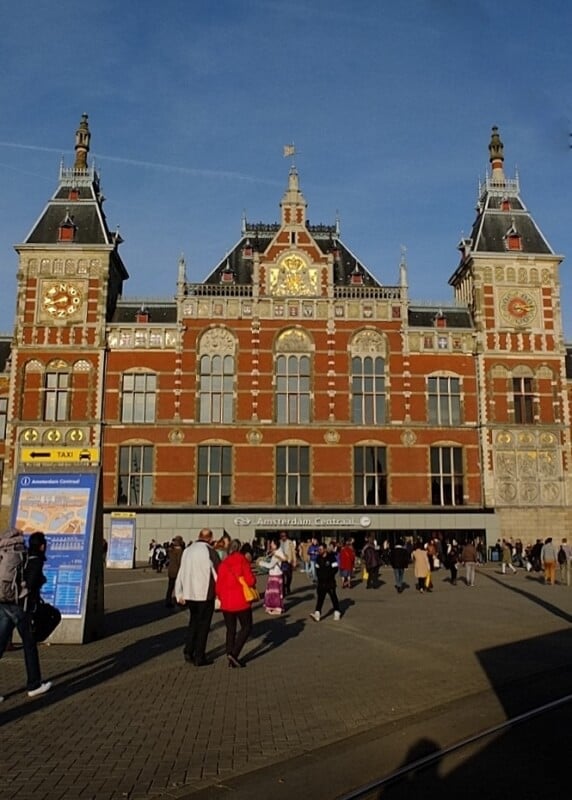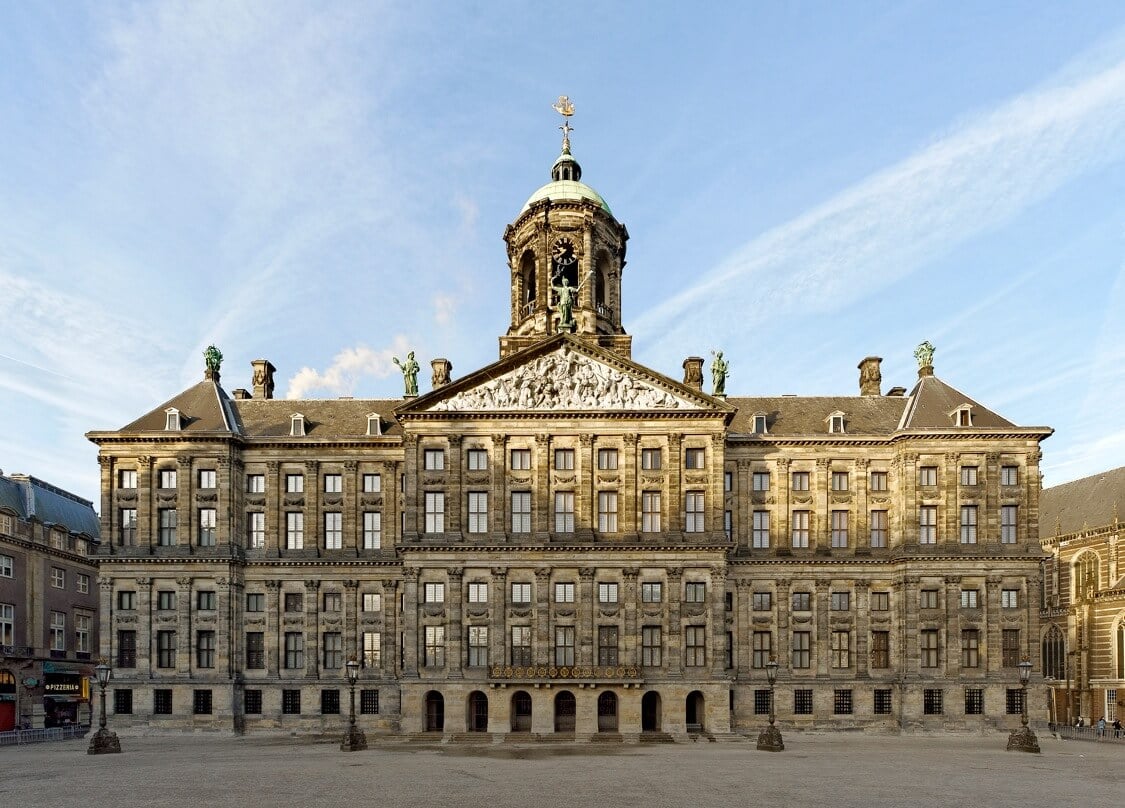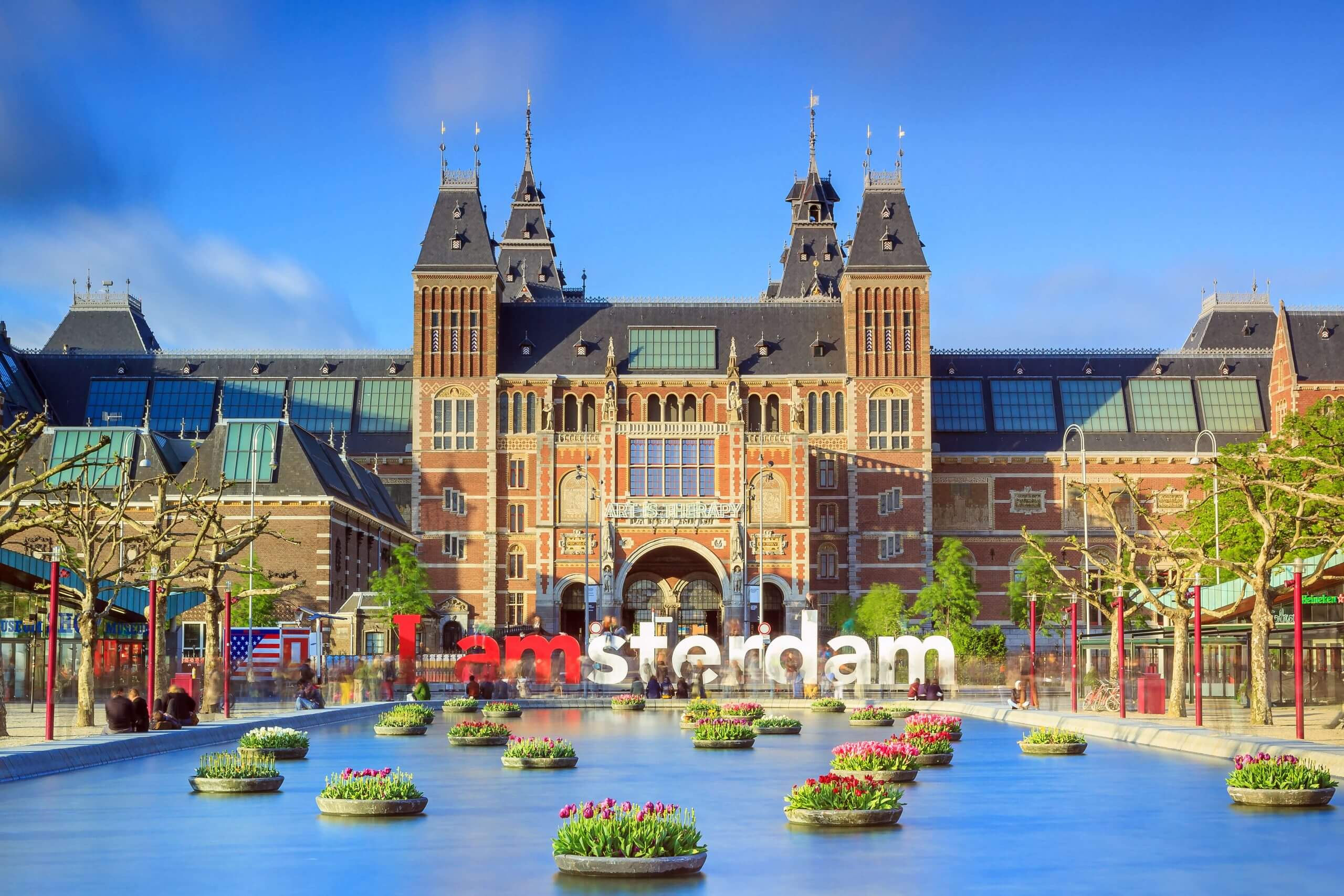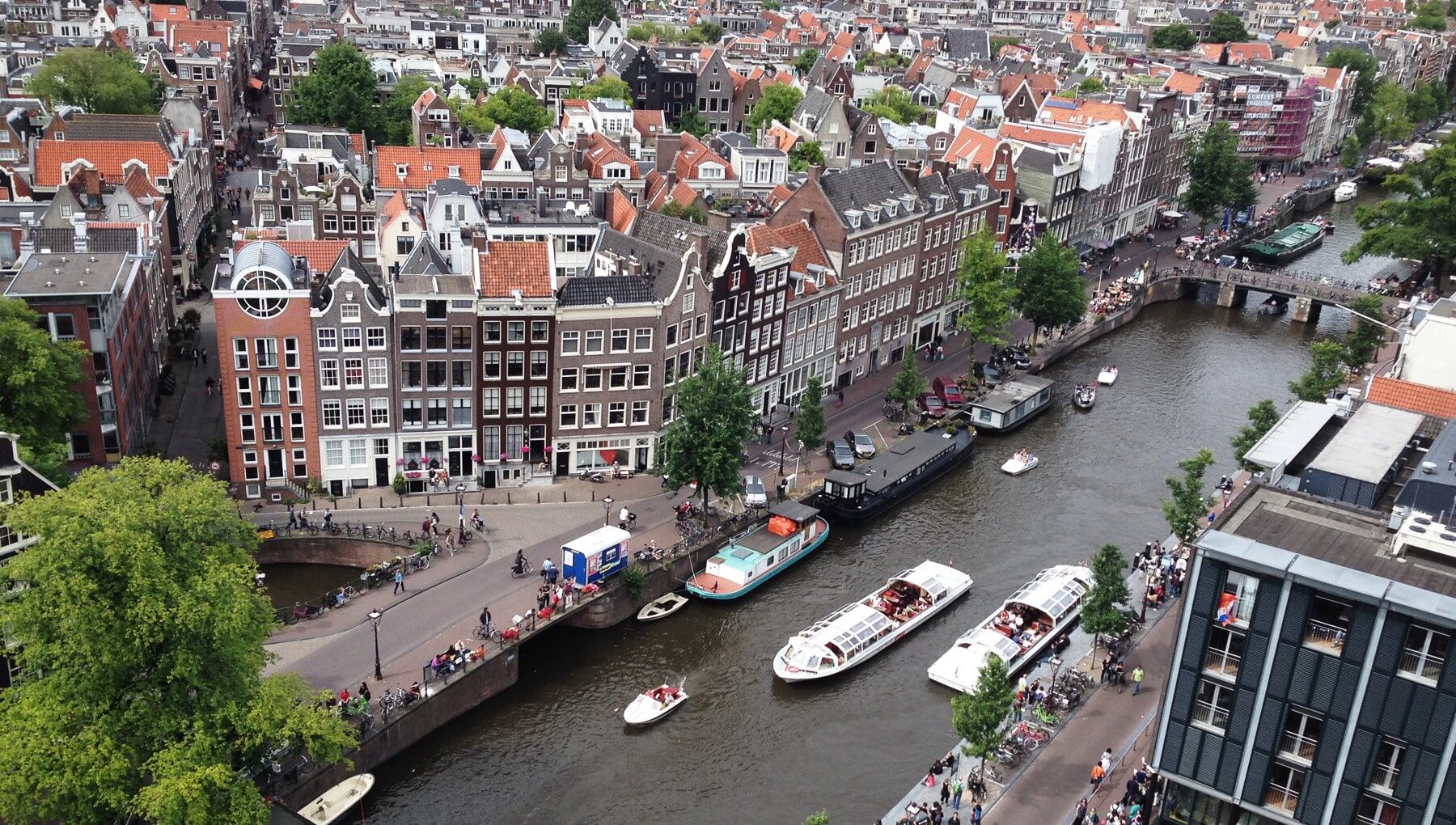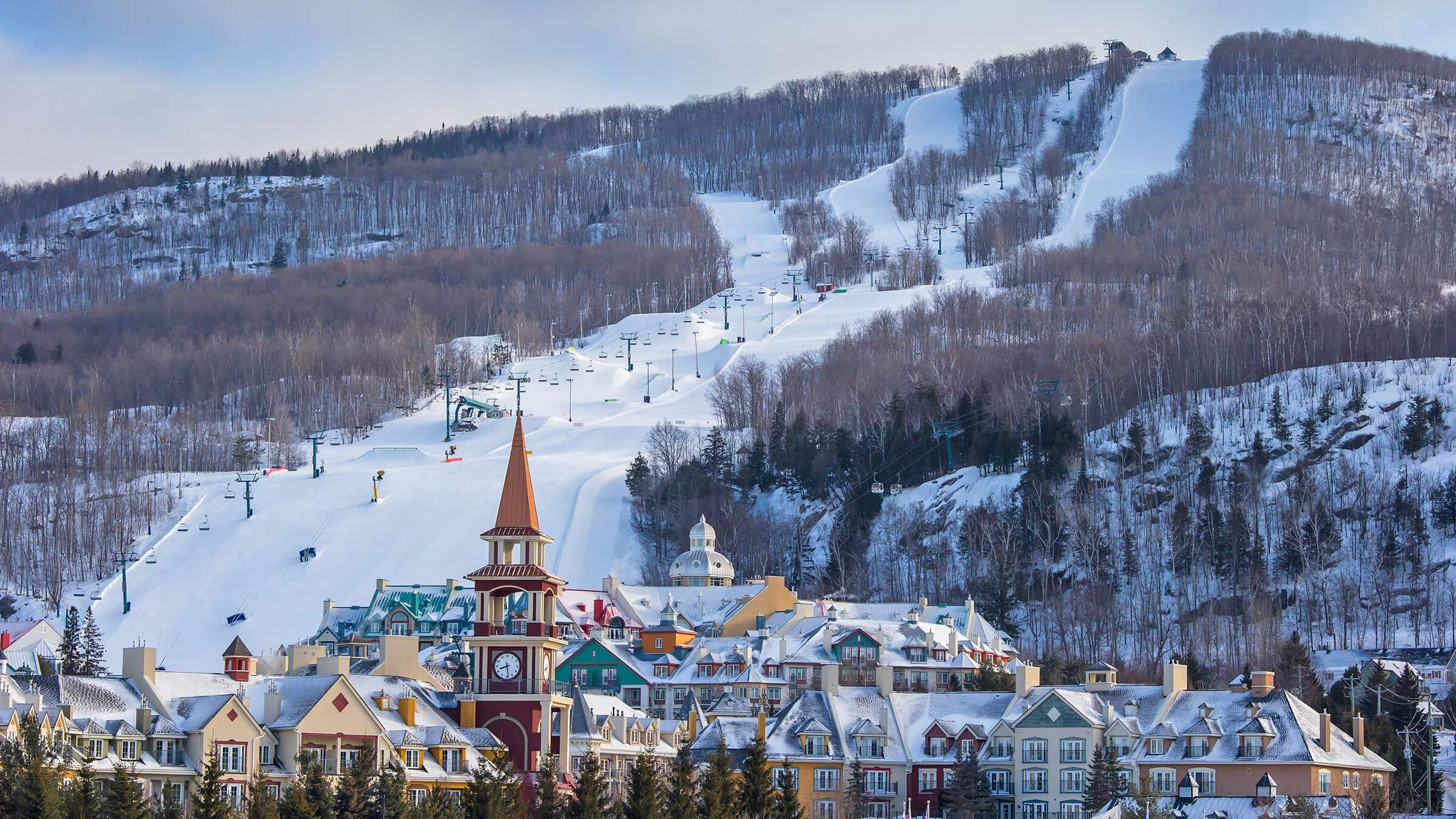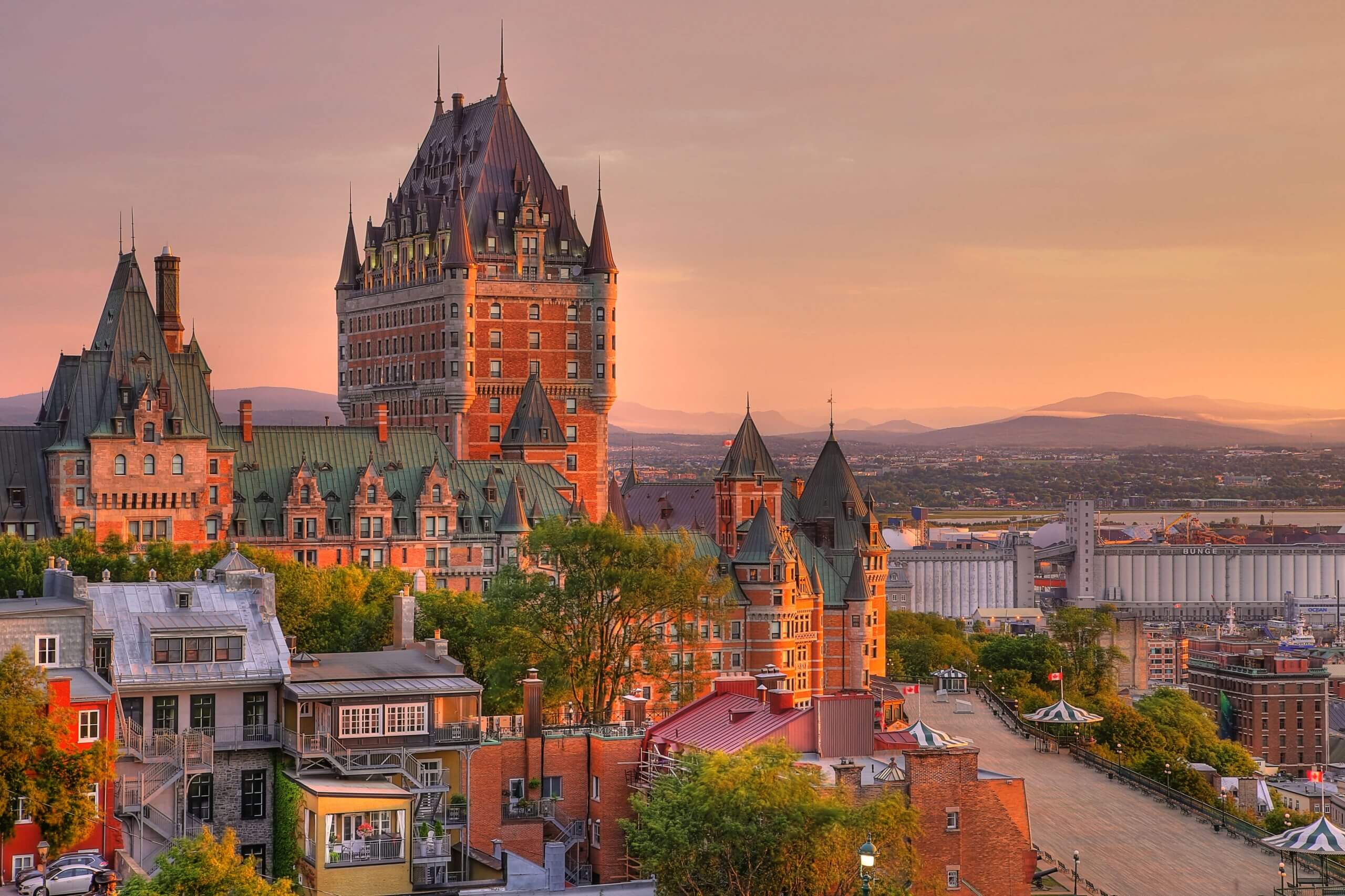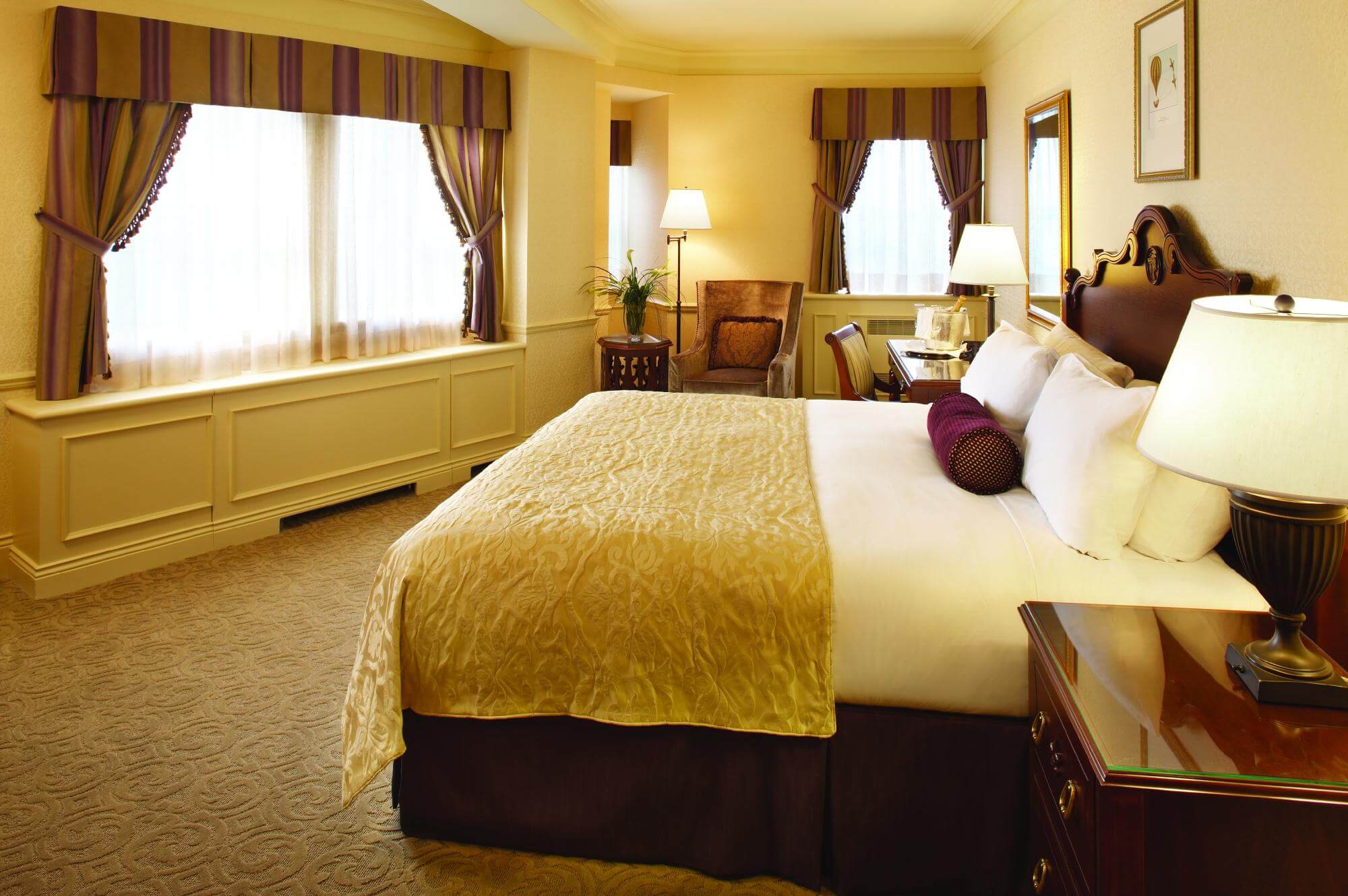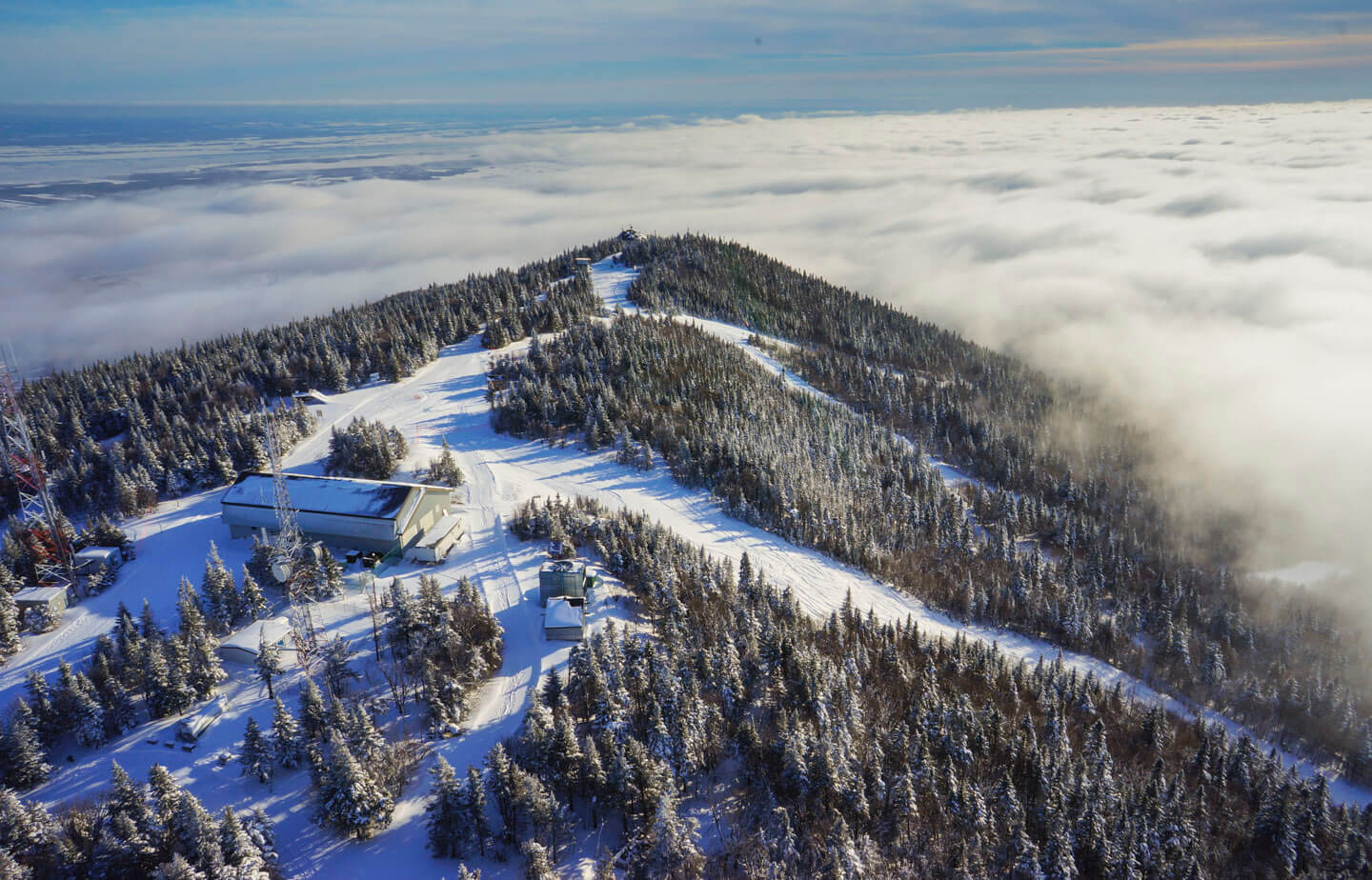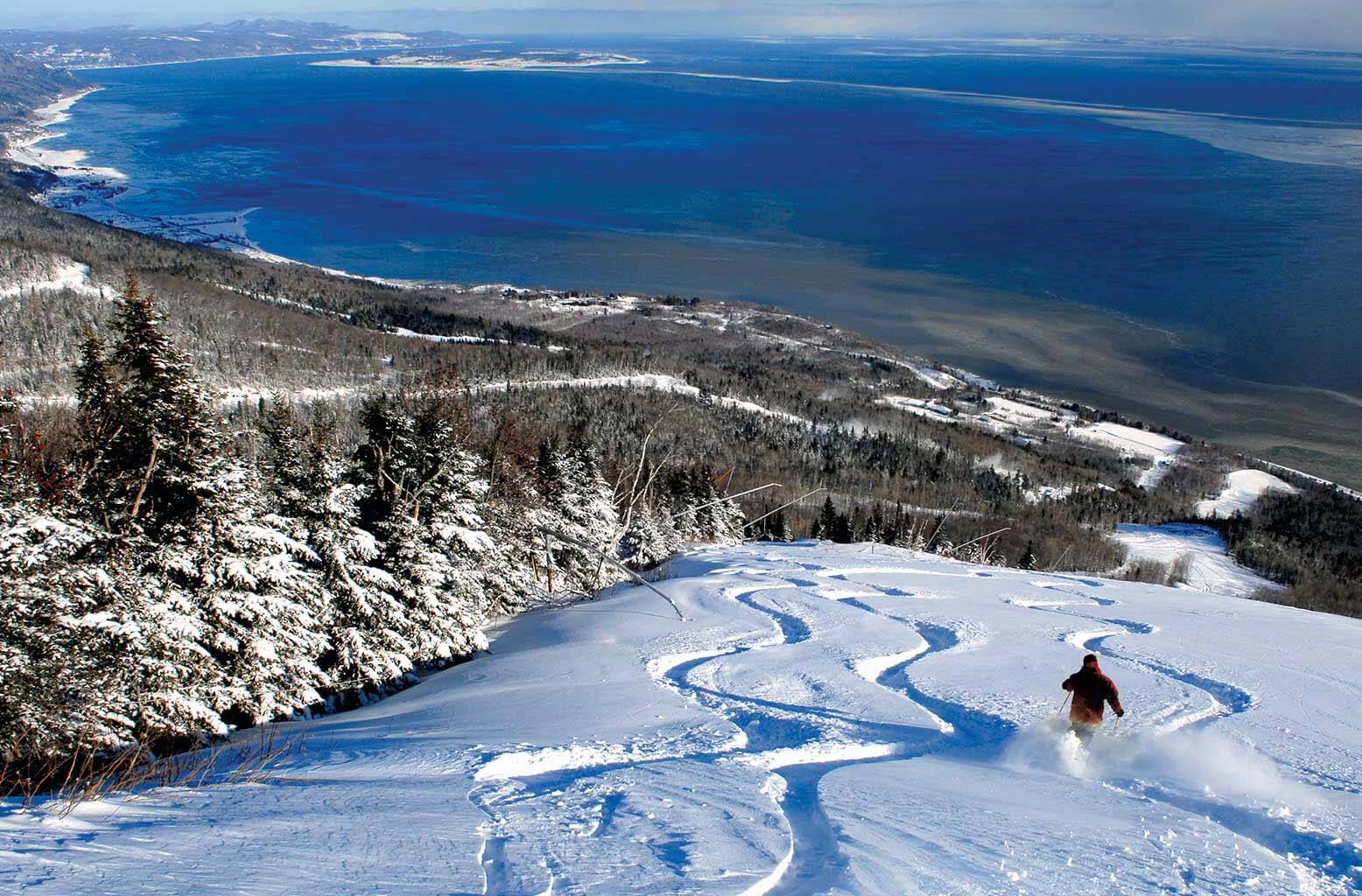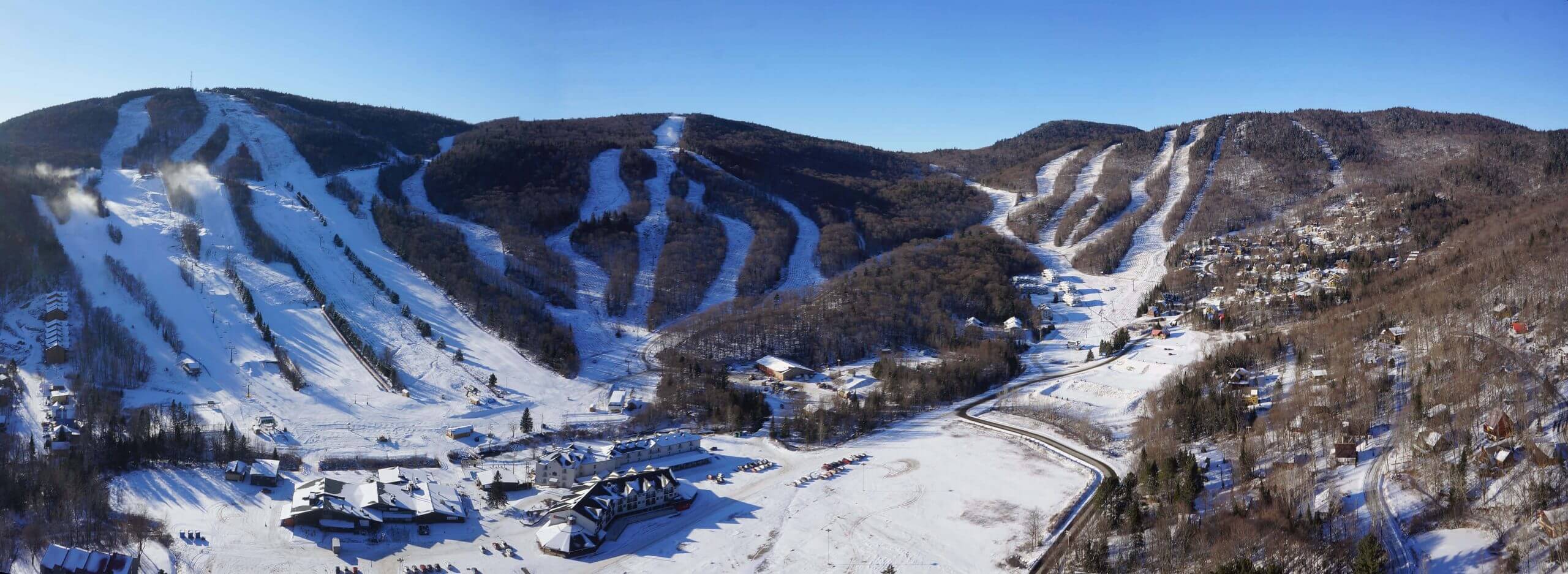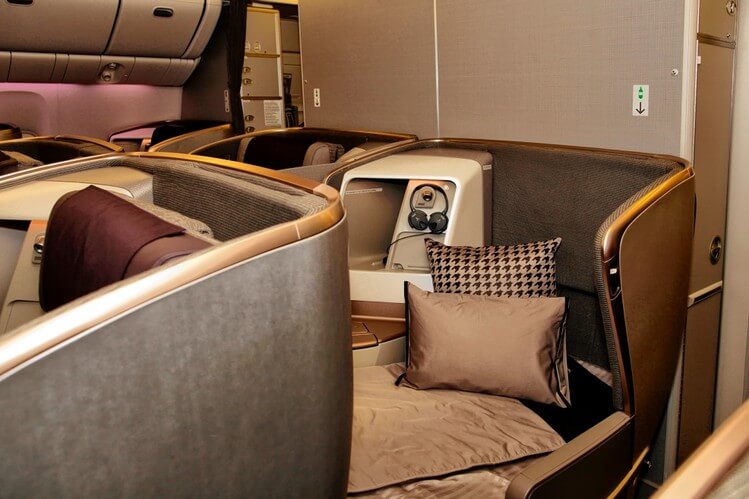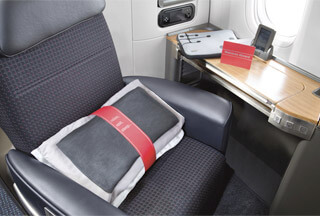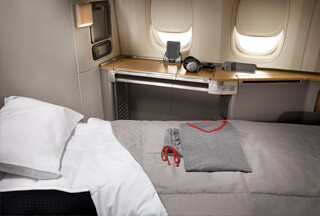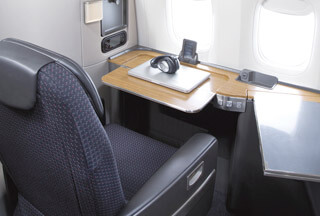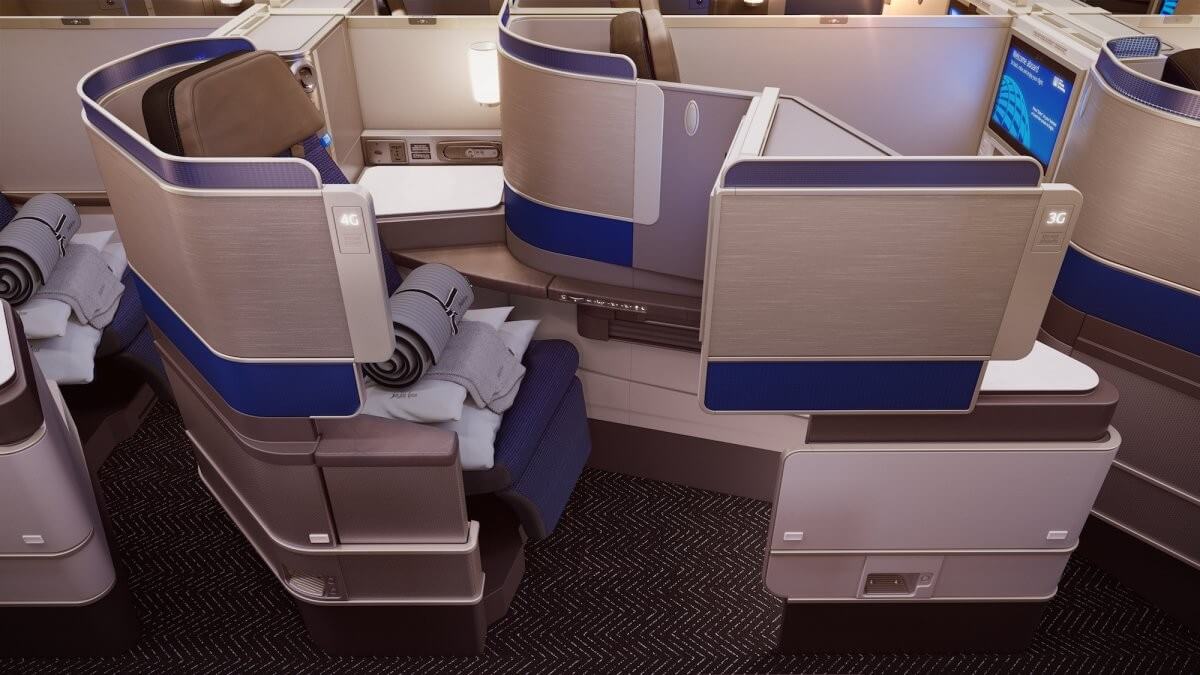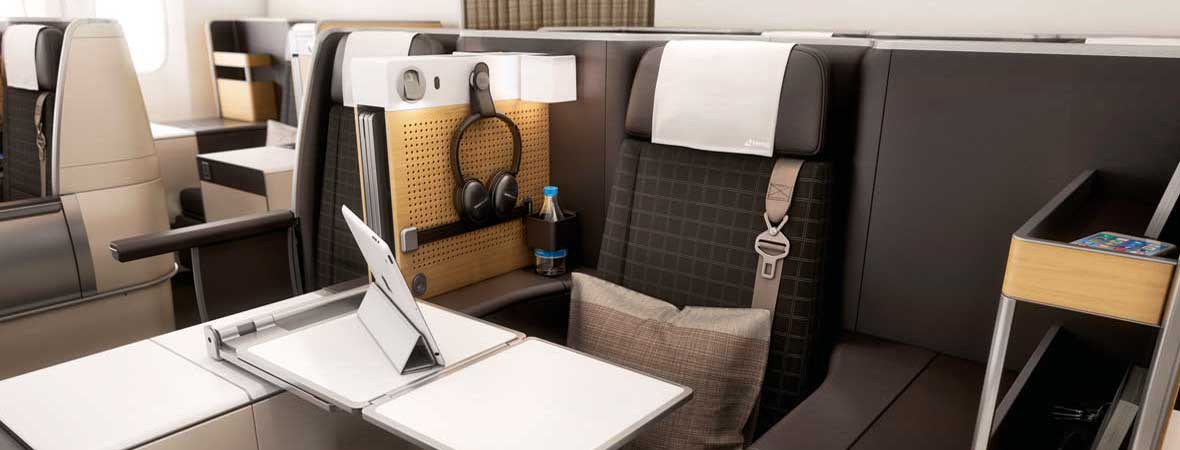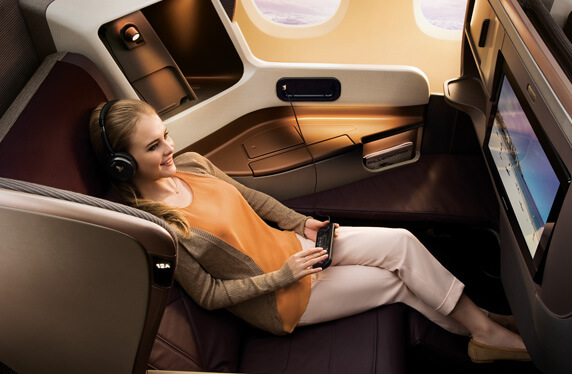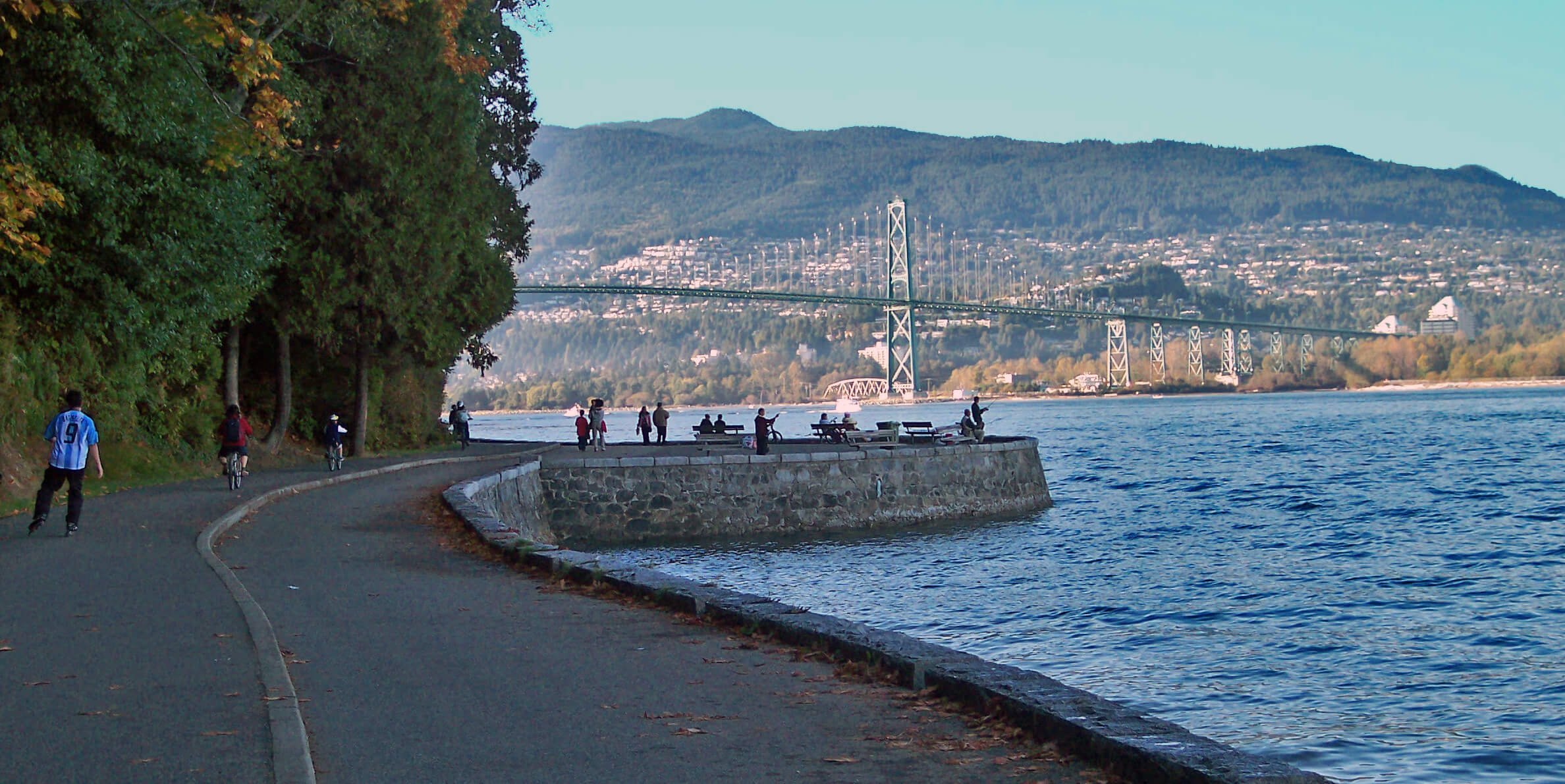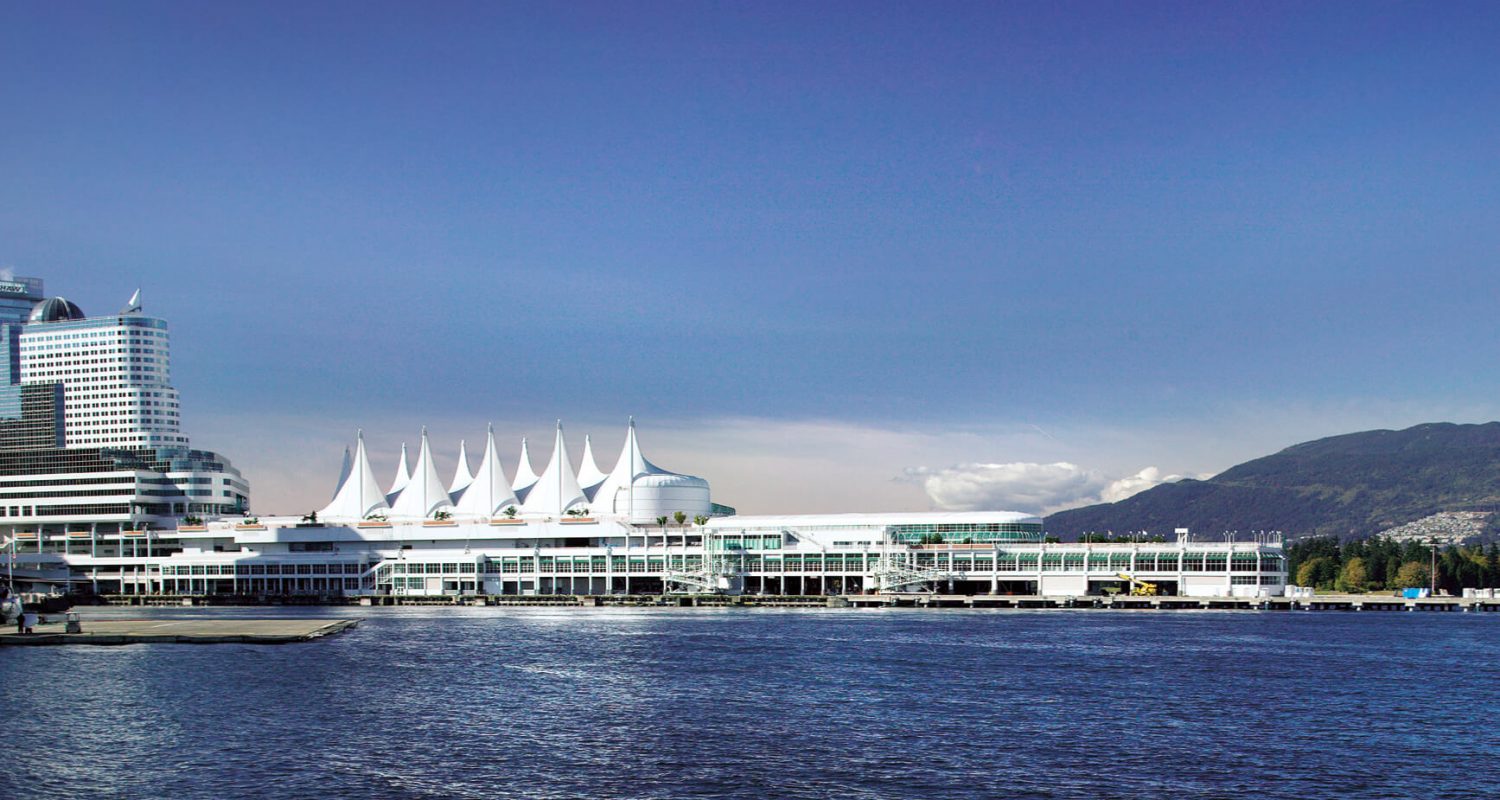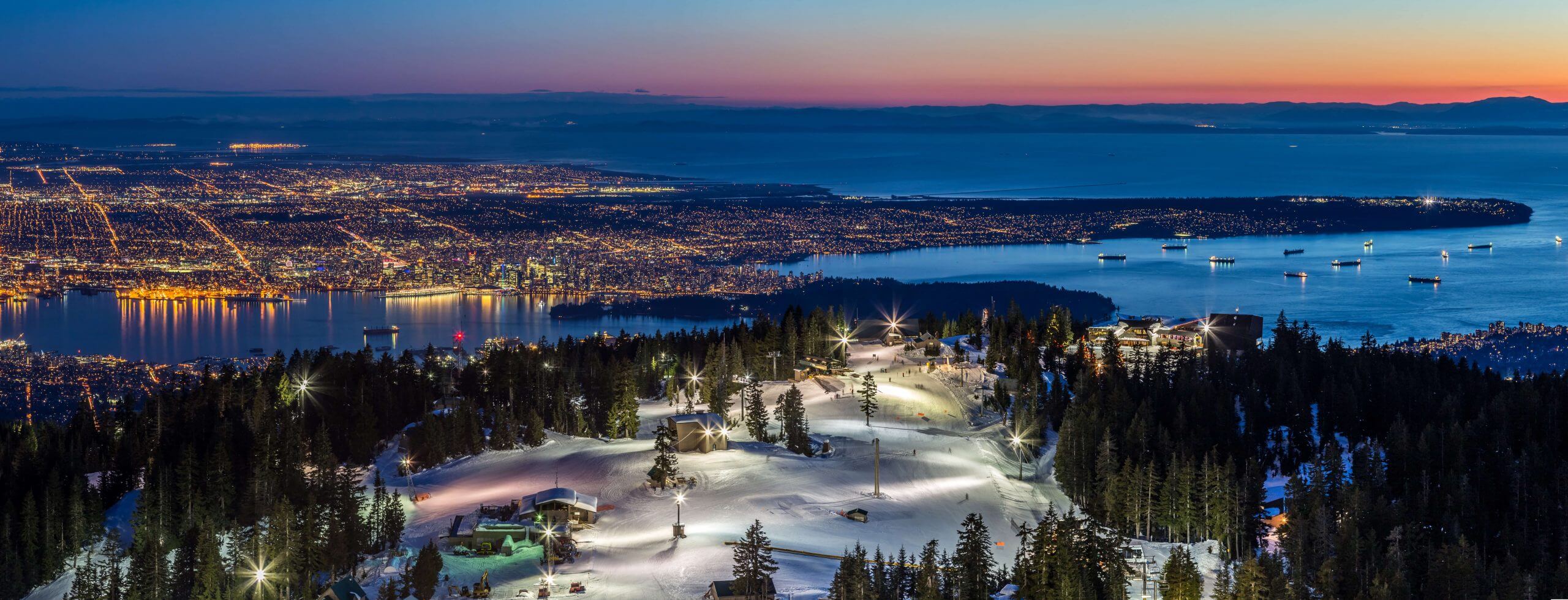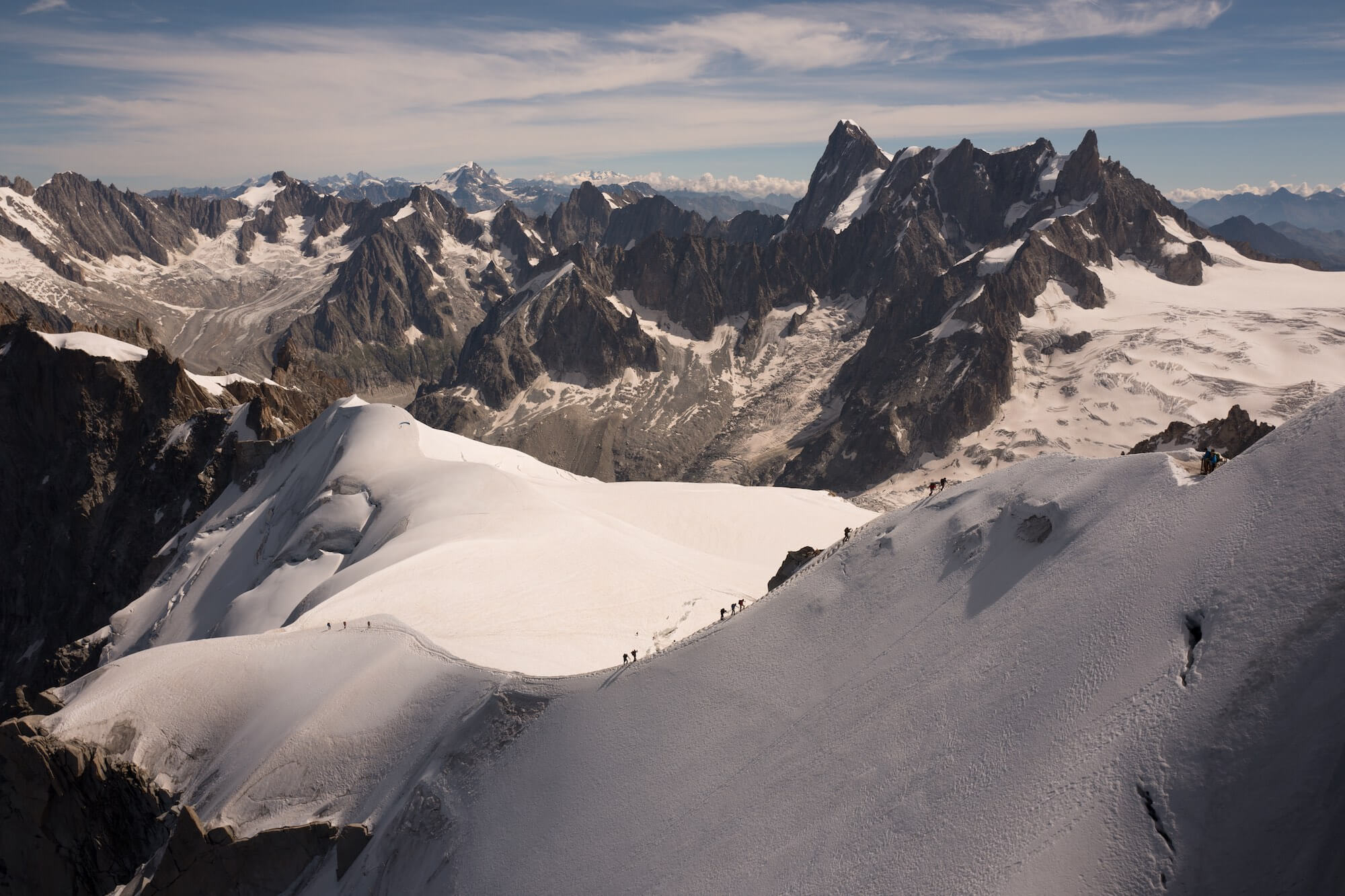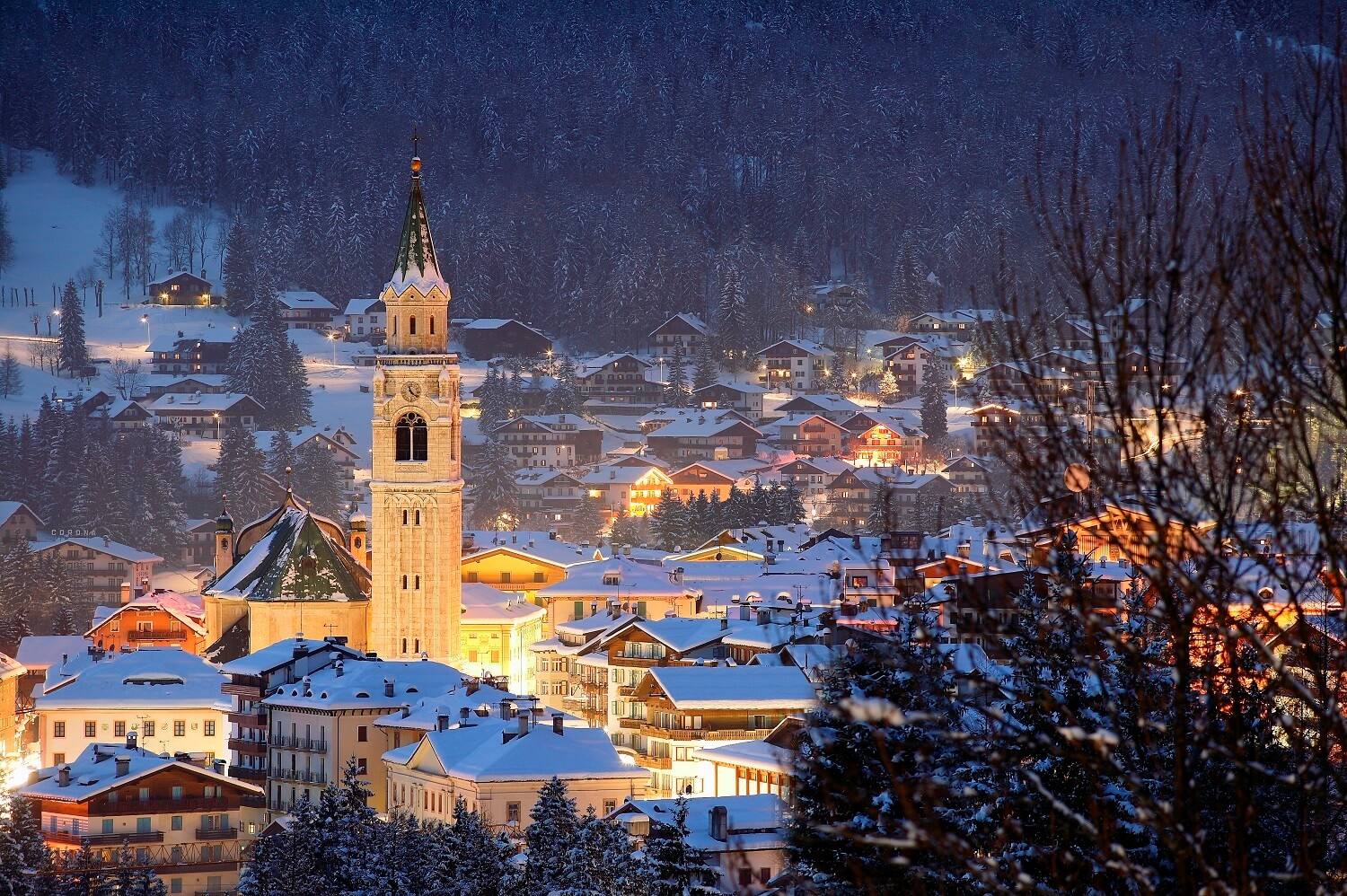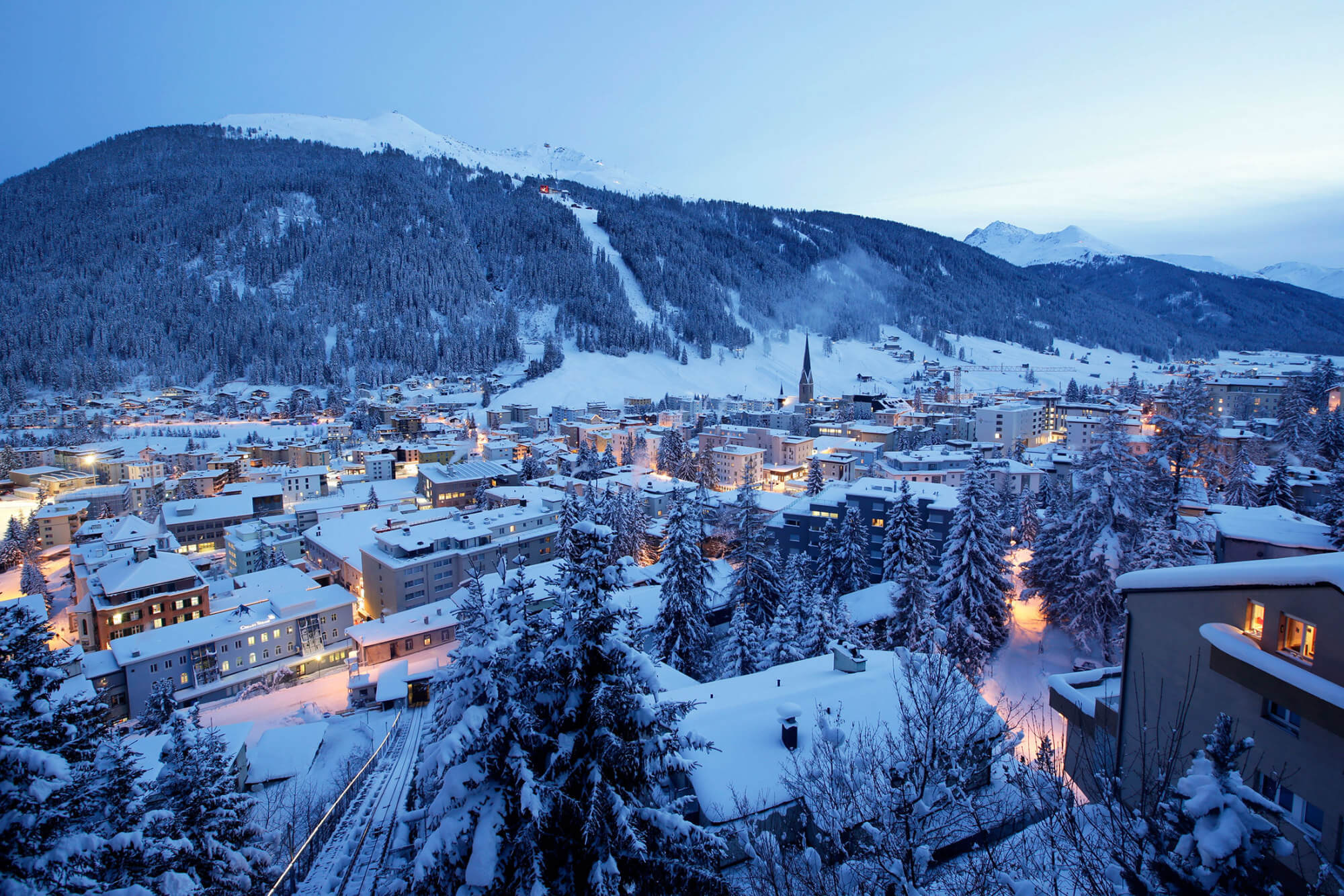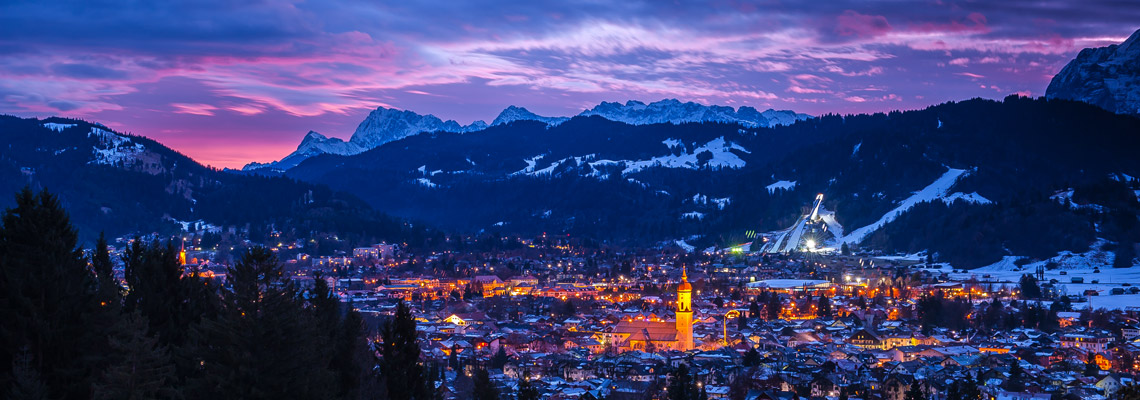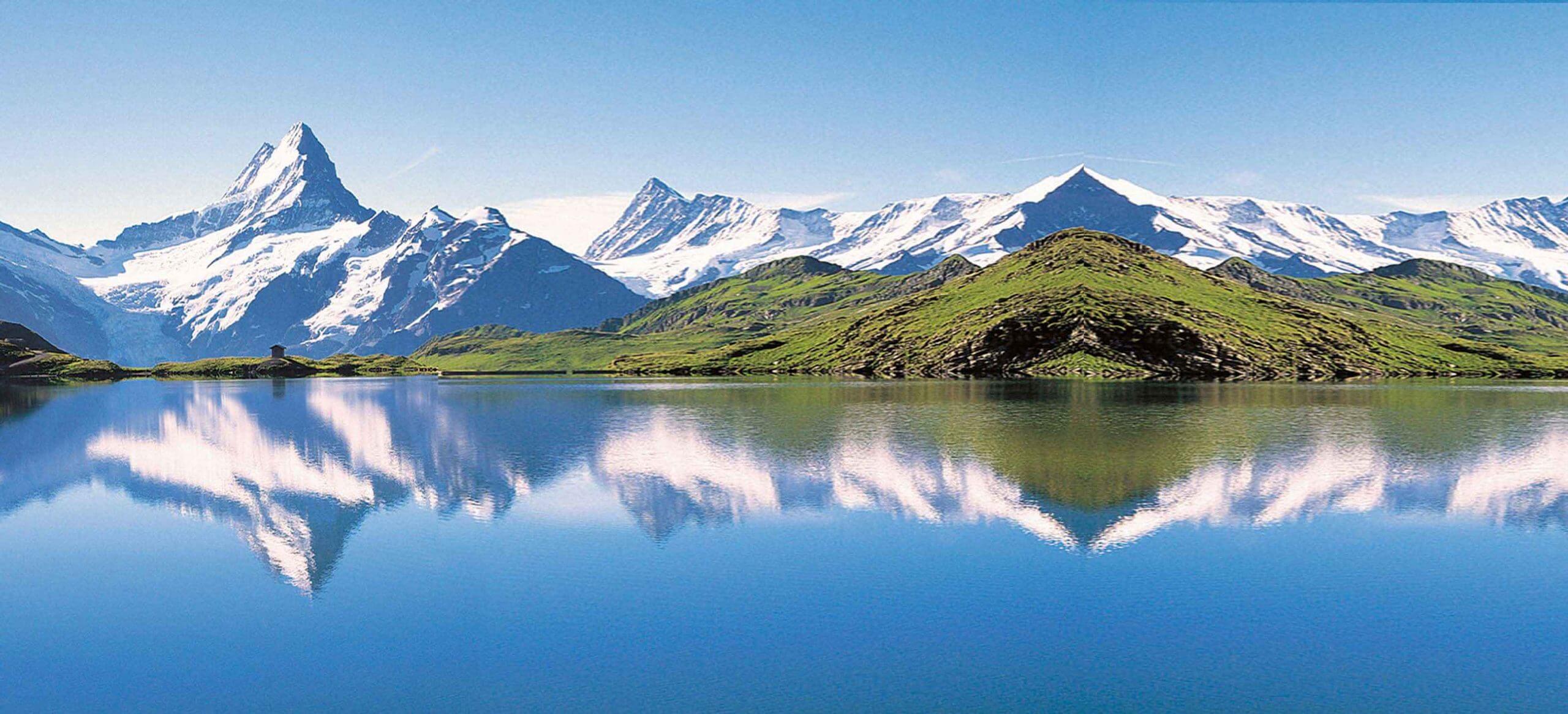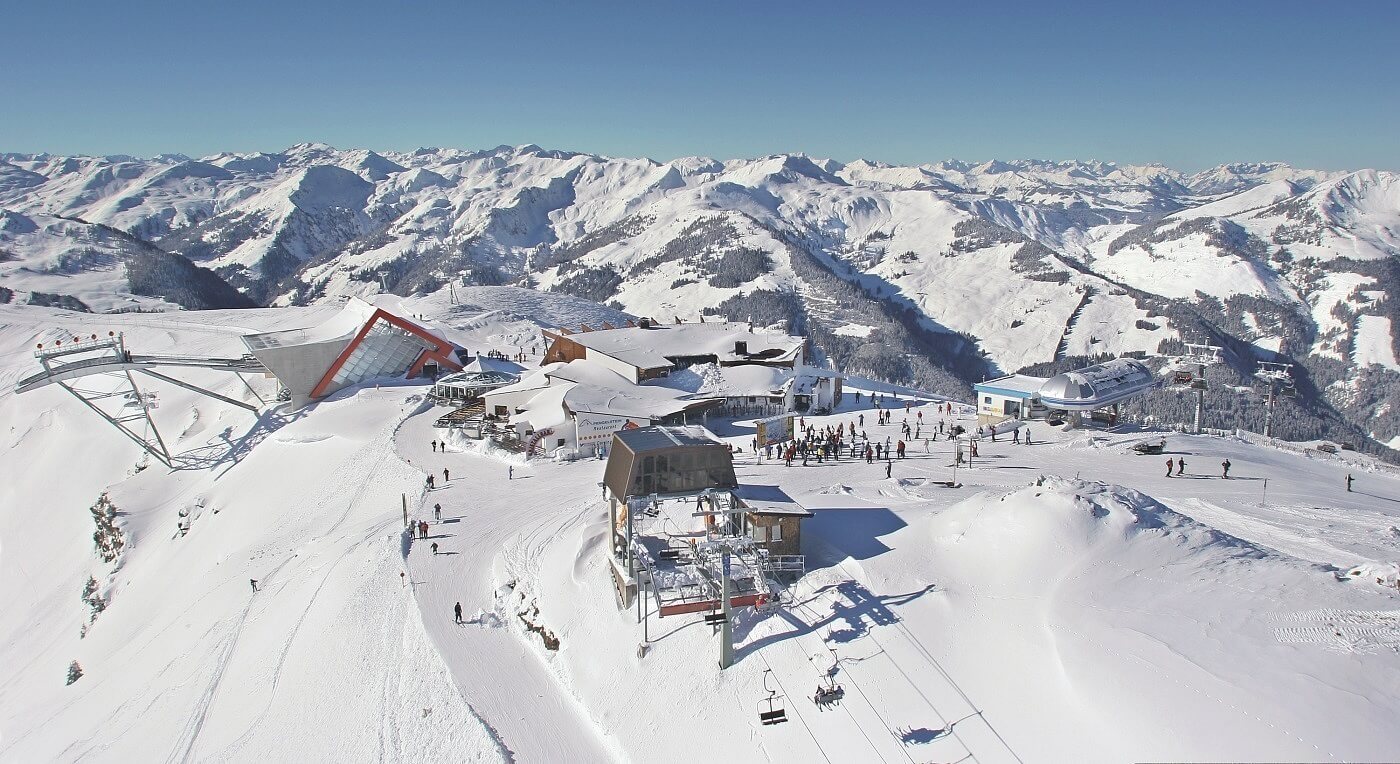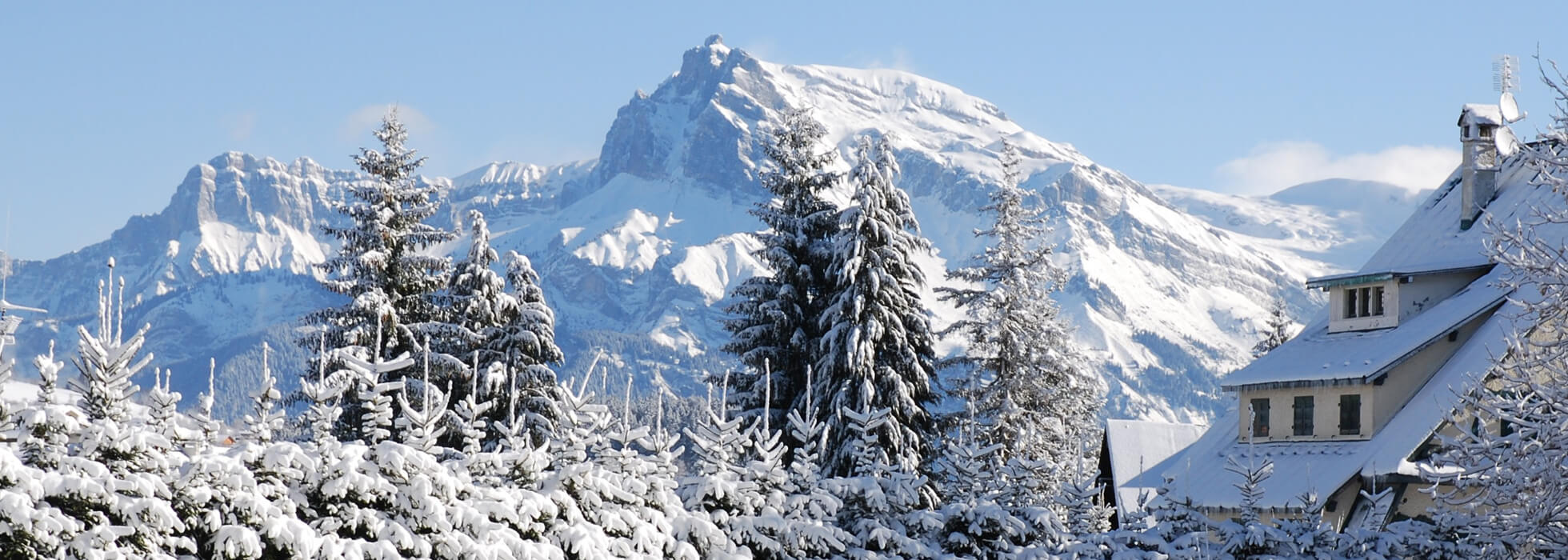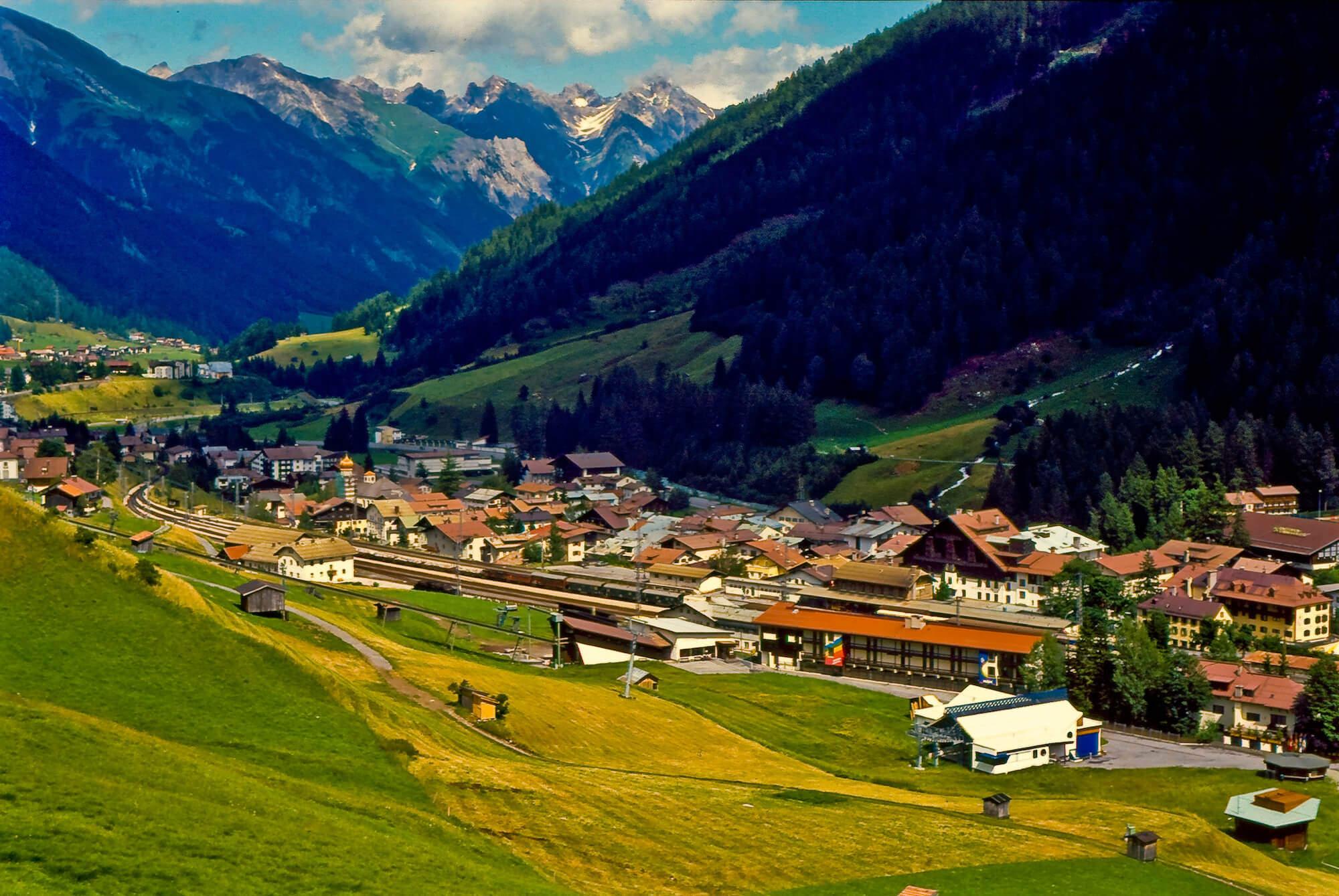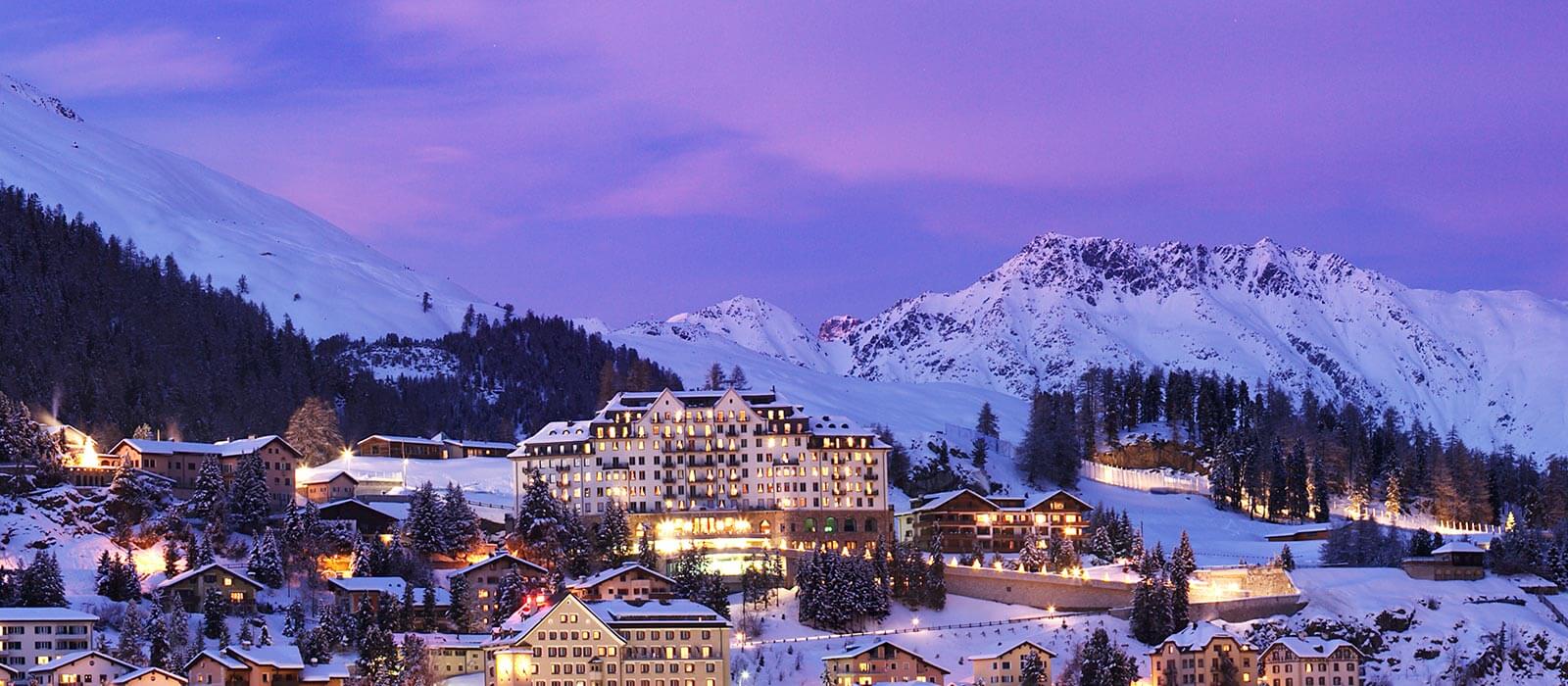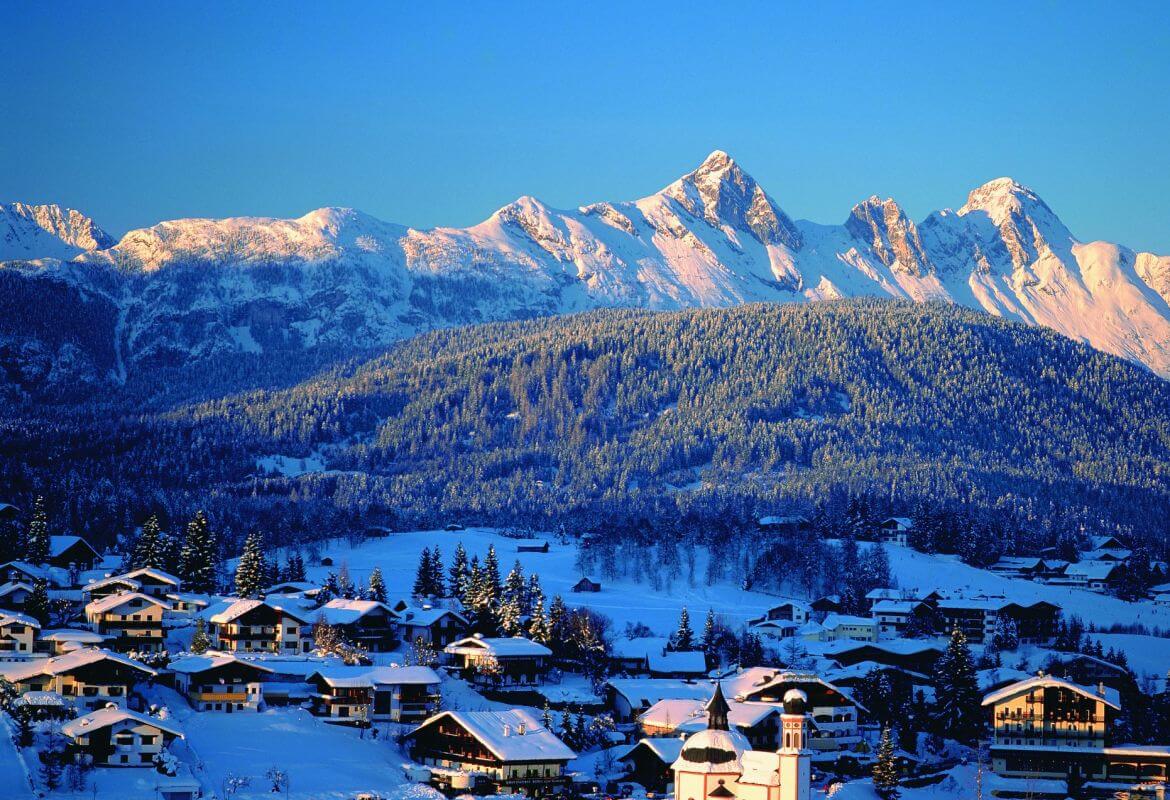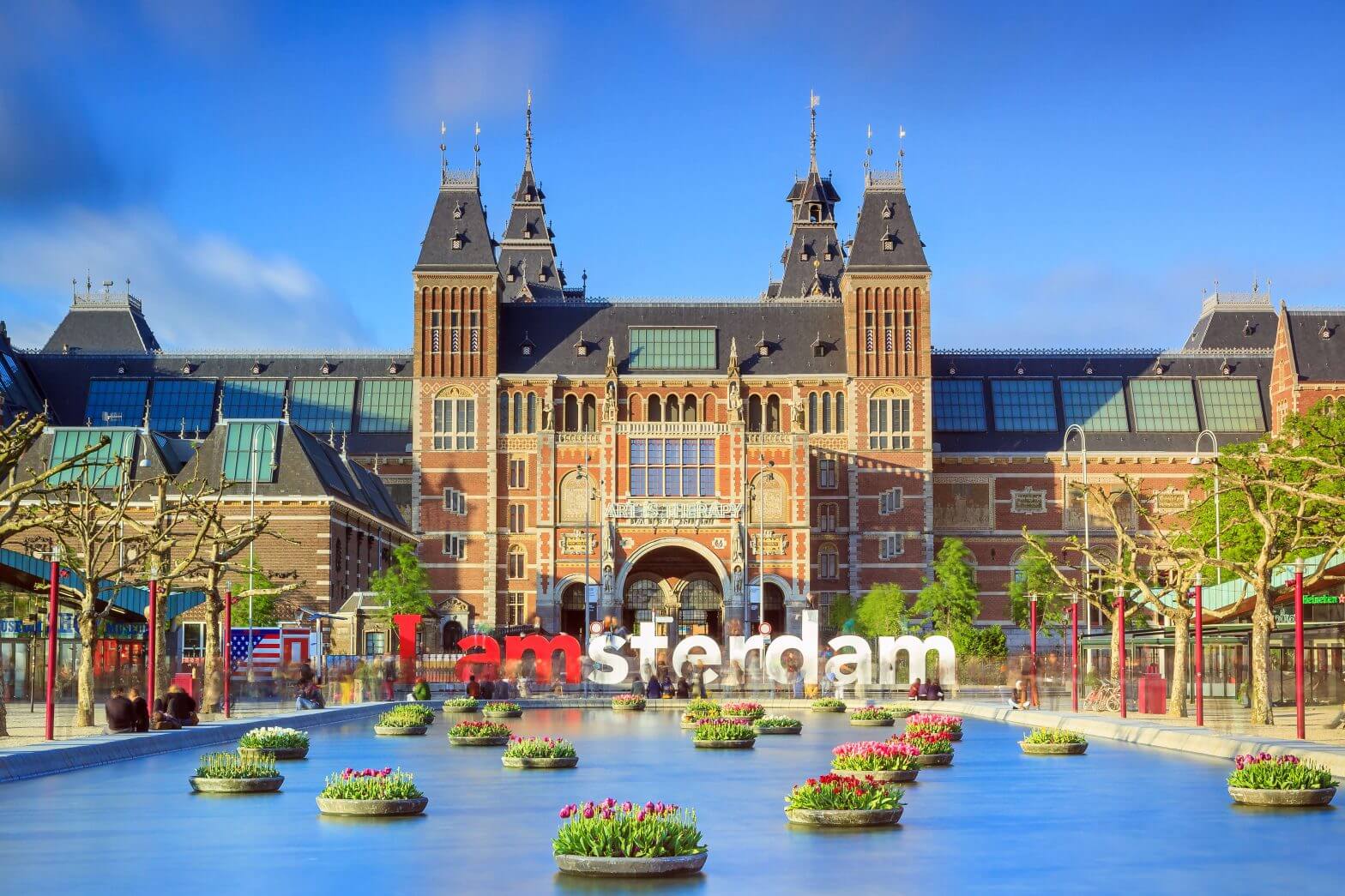
Amsterdam flourishes within an extraordinary setting of gabled brick houses, magnificent public buildings, and tidy canals that weave through the heart of the city with sliced-apple-pie order. There is artwork galore and streets to rest easy and ponder it all.
The 17th-century was a Golden Age for the Netherlands. The Dutch East India Company brought precious spices from the Far East and Holland’s hybrid tulips were a booming speculative market. Amsterdam was the center of the world. The city grew powerful and beautiful. Today it remains a livable city for the ages.
For most of its history, Amsterdam has been the world’s most liberal city. Not just freethinking and free love, but also the kind of liberalism that nourished America’s political and economic freedom. New York City’s Financial District grew out of Fort Amsterdam, which was built on the southern tip of Manhattan in 1625.
Getting to the heart of the city is easy. Amsterdam Airport Schiphol ranks among the most efficient airports in Europe and one of TripExpert’s favorites worldwide for a long layover. A train departs every 10 minutes for Central Station, a beauty of a Gothic-Renaissance Revival structure through which 260,000 people pass every day.
The Holland Tourist Information Office (near baggage belt 8) sells a transport pass valid for one, two or three days (15, 20 or 25 euros). It’s good for the airport train and all public transport in Amsterdam.
Amsterdam Central Station
From Central Station it’s a five-minute walk to Dam Square, where in the 13th-century a dam was built around the river Amstel. Today the massive square is often a swirl of street performers and food stalls. Fronting it is the 17th-century Royal Palace Amsterdam, which is open to visitors most days (check their website).
Across the square from the palace is Grand Hotel Krasnapolsky, the largest five-star hotel in the Netherlands and home to one of the best French restaurants in the city (The White Room). The linen is as crisp as fresh dollar bills in both the hotel and restaurant.
If you’re more interested in mingling with locals than sightseeing, on a narrow street near Dam Square you’ll find Van Kerkwijk (Nes 41), a popular eating and watering hole to plumb the zeitgeist of Old Amsterdam. The dishes range from Italian classics to Indonesian curries, but they’re best known for gamey house pâté and seasoned steaks served with French fries.
A 20-minute walk from Dam Square is the Rijksmuseum (admission, 17.50 euros), the national repository of Dutch art and history. It’s the grandest of several top-shelf museums in Amsterdam and home to Rembrandt’s masterpiece “The Night Watch.” Close by are the Van Gogh Museum (17 euros), the Stedelijk Museum (a vortex of modern and contemporary art, 15 euros), and the Concertgebouw, which often features free concerts on Wednesday afternoons. Both the Rijksmuseum and Stedelijk Museum have recently had multiyear, multimillion-euro renovations.
For dining in the museum district we like the authentic Indonesian cooking at Sama Sebo (Hooftstraat 27). The history between the Netherlands and Indonesia is tangled and this neighborhood restaurant brings it back home.
Our favorite high-end hotel in the museum district is Conservatorium Hotel (Van Baerlestraat 27), a former music conservatory located across from the Van Gogh Museum and reworked by Italian architect and interior designer Piero Lissoni. The hotel’s hip bar and Taiko restaurant (Asian-fusion cuisine) are popular with Amsterdam’s avant-garde artists and professionals.
So let’s venture a little further. A canal cruise is a lulu of a way to get acquainted with the old city. Three cruise operators recommended by the Amsterdam tourist office include Lovers, Amsterdam Canal Cruises and Gray Line Canal Cruises. Generally the tours last one-to-two hours and cost around 20 euros. The scenery scrolling by is the heart and soul of Amsterdam.
Another popular way to tour Amsterdam is from the seat of a rented bicycle. Almost half inner-inner city transport is by two wheels. The bike lanes are crowded so keep your head on a swivel. Reputable bike rental shops include Yellow Bike and MacBike. Prices range from 6 euros per hour to 15 euros for 24 hours, but vary depending on the type of bike.
Come evening, when you’re pedalled or cruised out, you can check in at the Park Plaza Victoria Amsterdam, a four-star, modern hotel across from Central Station. It’s built around tiny houses from the 17th-century, homes that stood their ground against development.
Other nearby accommodations includes Art’otel (Prins Hendrikkade), a high-tech modern, mind-blowing art-chic five-star with a cool bar and its own art gallery.
Looking for a Dutch coffee and a room with a view? We like the Central Library’s (Oosterdokskade 143) seventh-floor café (open 10 am to 10 pm).
But our favorite coffee spot is Cafe Papeneiland at the corner of the Prinsengracht and the Brouwersgracht. It’s one of Amsterdam’s infamous “brown cafés,” where interior walls are stained from centuries of tobacco smoke from patrons.
Canal cruises and bicycles are fine, but mostly we like to walk the cobbled streets of the neighborhoods in old Amsterdam. Our favorite is the Jordaan, a tight community of radical thinkers who like to celebrate life along gorgeous streets lined with galleries and bars.
Working-class Jordaan starts west of Central Station and winds around the Canal Ring, Amsterdam’s true north, which in 2010 was named a UNESCO World Heritage Site. In 2013, it celebrated its 400th birthday. On Saturdays, the 120-year-old Lindengracht market attracts locals and visitors with more than 200 stalls of produce, cheese, clothing and crafts.
And finally, we don’t recommend a crawl through the green coffee shops here in Europe’s marijuana capital, even though pot-legal establishments are plentiful in Amsterdam. Barney’s Uptown (Haarlemmerstraat 105), a five-minute walk from Central Station, is arguably the best, so we’ve been told. They also serve meals and drinks amid the purple haze.
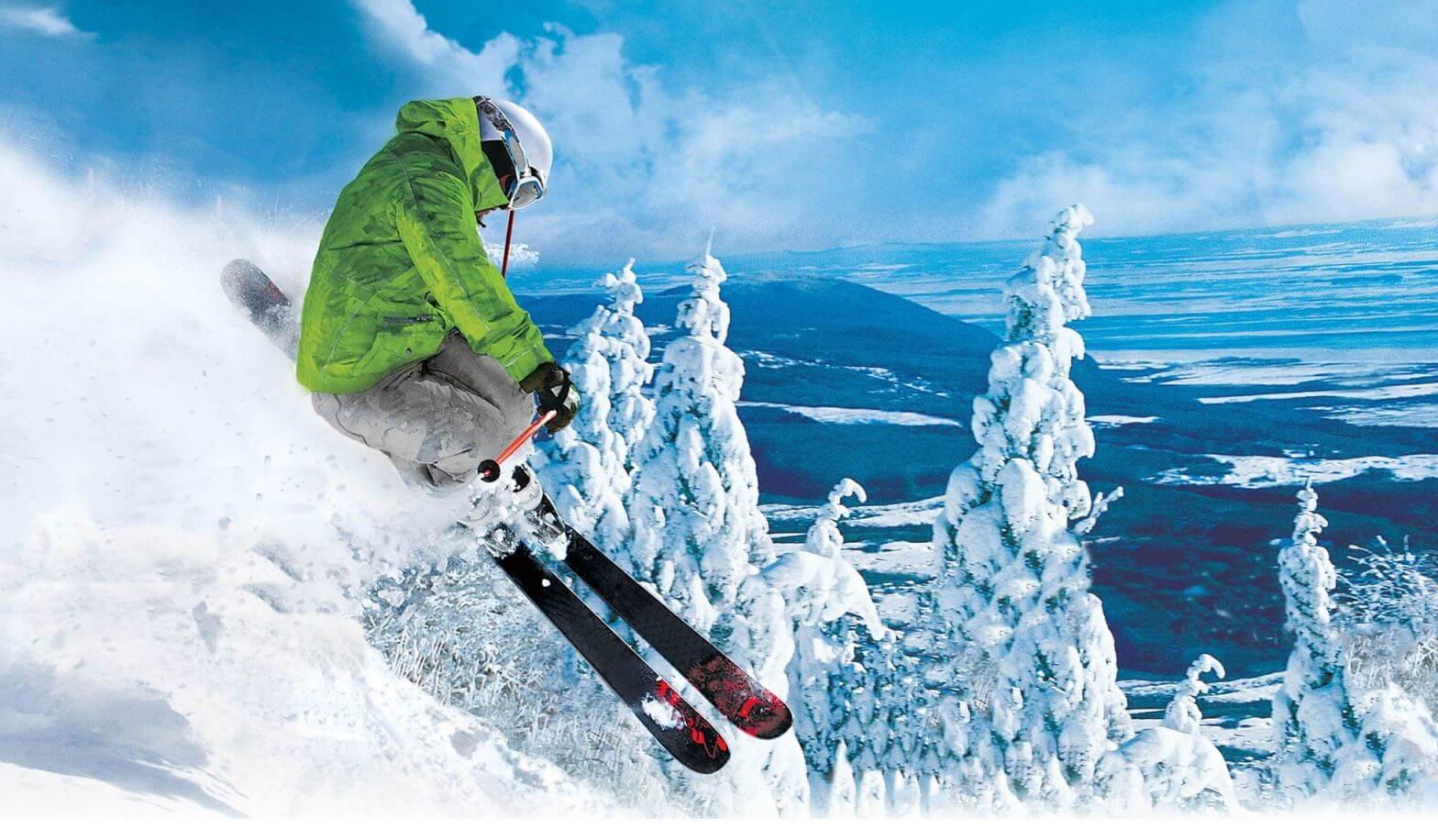
Ski Magazine perennially ranks Québec’s Tremblant the crème de la crème of eastern North American skiing. But you can be a great movie star without being a great actor. They’ve also written “it sure
isn’t the skiing that puts Tremblant at the top of the Eastern rankings year after year.”
They love Tremblant’s Disney-like, family-oriented village tucked beneath the roosterlike crests of the Laurentian Mountains. It has a European look and ambiance offering ski-in, ski-out accommodations.
We like it too. And we especially like Hotel Quintessence, a zinger of a boutique property with only 30 lakefront luxury suites. Everything so perfect there’s nothing to write about.
If you prefer the anonymity found in a large five-star property, the eyebrow-raising Fairmont Tremblant is just down the road.
There are, too, a wealth of other ski resorts centered in the Eastern Townships, one-to-two hours driving time from Montreal and appealing to skiers with a stray-dog complex.
But really, who are we kidding? Sometimes skiing the East feels like we’re tugging at a too-short skirt. A lot of ski areas in eastern North America are as interchangeable as light bulbs.
Québec City is a ski town
So let me tell you how we like to ski Québec. How we turn it into the most unique place to ski in North America. I mean capital-E Experience the far-reaching slopes while wrapped in that heartwarming French-Canadian mystique. It seeps into your soul and slows time. The real travel begins when you stop moving.
Here’s the punchline. We base our ski trip in Québec City, which Travel + Leisure readers’ selected as the best city in Canada 2016. History is never buried here. Let me tell you.
Here is a Québec City scene.
Imagine coming home to a vibrant, romantic French-speaking city at the end of an extraordinary, blindingly bright ski day. There you are in Canada’s oldest permanent European settlement (1608), the only fortified city north of Mexico, and a UNESCO World Heritage site, to boot. Your legs are toast and cheeks ruddy from Christmas-like cold.
You’re bedding down at the Fairmont Le Chateau Frontenac within the ramparts of Old Québec. The place oozes with a sugar rush of history and over-the-top sensuality. The Frontenac is one of those elegant 19th-century Canadian Pacific Railroad hotels that lord over the best places across Canada, like Chateau Lake Louise, and have been graciously restored by Fairmont. You’re dining on carpaccio of Atlantic salmon. And that’s just for breakfast.
Fairmont Le Chateau Frontenac
I could go on, but you get the idea.
If you visit in late February, when the mercury pools in the bulb and the city lives for sunrise, you’ll be a player in Québec City’s incomparable 17-day-long winter carnival, one of the largest winter festivals in the world. Some things in life you just have to do.
Maybe you’re a gourmand; maybe you like to shop. It’s easy to blow off a ski day in this inspiring and completely absorbing city. For fine French cuisine with a regional touch, we like what the locals like and one favorite is Aux Anciens Canadiens Restaurant, which is housed in a 1675 mansion. This Experts’ Choice award winner, steeped in history, is located in the heart of Old Québec.
Have I even mentioned the skiing? It’s why we’re here, right?
Three major, high-octane resorts are within easy striking distance of Quebec City. Shuttles operate from hotels. You don’t have to slalom your way along northern roads where the Canadian spare tire is a pair of ice skates in the trunk. There’s a multi-ski area lift ticket and a 75-cent Canadian dollar.
Just 30 minutes from Quebec City is Mont-Sainte-Anne, one of the gnarlier ski mountains in the East, but also offering great runs for kids. This is a lulu of a resort giving way to aha-inducing views of the rugged, wild, and lost in time St. Lawrence River. During the off season, from May to October, humpbacks, minkes, blue whales and white belugas gorge in the river and attract flotillas of whale watchers.
More than 70 runs topple down three mountain faces, offering everything from elevator-shaft-like black-diamond runs to long, winding intermediate trails. They amble over the contours of the mountains, rimmed by magnificent hardwoods that bleed maple syrup in springtime.
Nearby, Canada’s largest cross-country ski center is a mind-blowing stretch of white trails unspooling through the valley and surrounding hills. There are more than 135 miles of track and seven heated huts along the way.
If you want to sleep rough and spend a night on the cross-country trail, we like the cozy ski-in L’Auberge du Fondeur, where we mingle with the locals, sharing a kitchen, fireplace and sauna.
If you’re looking to amp up the game, a little more than an hour away from Quebec City is Le Massif de Charlevoix, a resort with two mountains of elongated joy attracting feisty skiers with moxie and pep. The two mountains yield the highest vertical drop in eastern Canada and some of its steeps are a meet-yourself experience, echoing why we love movies that make us cry.
Le Masssif towers over a UNESCO World Biosphere Reserve and the ice-choked silent thread of the St. Lawrence River. The snow can be Utah light.
Beside the river lie the Old World, dolled up towns of Petite-Riviere-Saint-François and Sainte-Anne-de-Beaupré. Some of the third and fourth generation families seem out of Guy de Maupassant. If you want to spend a night nearby, we like Le Germain Hotel Charlevoix and its thermal spa.
Located just 15 miles north of Quebec City, Stoneham sits in a snow-trapping, wind-protected, horseshoe-shaped valley. The trails sprawl across four mountains, making it easy to follow the warm sun. It’s perfect for families that want to ski together.
Its three terrain parks and 22-foot Olympic Super Pipe are popular with snowboarders and tricksters on skis — a big sandbox where hope dies last. The resort claims to have the largest night skiing network in Canada. At least two other Quebec ski areas make the same boast.
Well, there you have it. That’s how we ski Quebec. May the truth set you skiing.
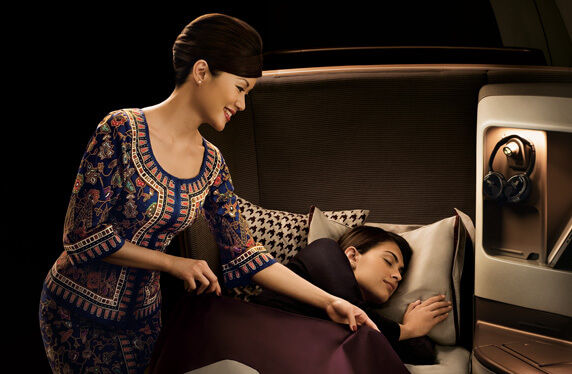
Face it. A long distance flight is often an ugly and inelegant place to begin a trip. It’s a well-organized nightmare. Who longs for a 10-hour flight across the ocean sitting nose-pore range from a seatmate?
Now consider the weird warm excitement of flying Business Class. Yeah, it’s a game changer.
British Airways introduced flat beds in First Class in 1995 and airborne sleeping became a competitive sport. Now almost all major carriers offer fully flat beds in Business Class on many international and some cross-country flights.
Business seats once resembled dentist chairs. Now they’re sleek wingback capsules that transform into pods (assembly required). They morph into flat beds and a private slice of time all wired with a nerd’s panoply of electronics. There’s always another convenience or luxury to top the last flight. One interior designer boasted “you never want the passenger to discover all the seat has to offer in the first 10 minutes.”
Flat-bed seats on Singapore Airlines
Business seats usually have a pitch (front of one seat to the front of the next seat forward) of about 52 inches. The pitch in economy seating is around 31 inches. The grown-up seats also are wider and recline deeper.
Menu choices and libations are richer in Business Class. Even the entertainment options are on a higher plane. Allowable check-in baggage is jacked up to 88 pounds and tagged Priority.
Many of the seat and electronics innovations are a result of new Airbus and Boeing extended-range aircraft, especially the A-380, 787 Dreamliner, and 777. There’s also a new generation of interior cabin magicians like JPA Design changing the way we fly. Consider American Airlines new First and Business Class cabins on its Boeing 777-300ER international fleet, where every fully lie-flat seat has direct aisle access.
American Airlines Flagship First cabin in the Boeing 777-3000ER
Business Class tickets sell at four to five times the price of economy seats. That’s major revenue for competitive airlines where costs are sky high and fluctuate beyond a CEO’s control. What about all those cheap seats back in the lower intestine of the aircraft? You can’t sell dollars for 50 cents and make it up on volume. Airlines need expensive real estate at the front of the plane to balance the bottom line.
This is what one blogger wrote: “My basic belief is that Business Class is where they treat passengers like dignified human beings and Economy Class is where… well, where they don’t.”
Yet passengers are the same. After a landing we’ve all made the perp walk from economy to the front exit through an already deplaned business class. As Chekhov wrote: All I know about ballet is that ballerinas stink like horses between dances.
You can noodle over the cost difference between Business and Economy and what you get. A lot of high-stakes frequent flyers, the ones who know the airline’s month’s menu choices by heart, spend their bonus awards on upgrades rather than Economy award tickets, perhaps getting more value per award.
Most top-tier Business Class carriers hail from Asia, and, over the last few years, include Gulf-based carriers Emirates, Etihad Airways, and Qatar Airways. Even Turkish Airlines gets high praise.
United Airlines Polaris cabin
U.S. carriers also receive accolades. United Airlines’ “sleep-focused” Polaris Business Class debuted in December. Delta has a herringbone configuration allowing flat-seat conversion and aisle access. Air Canada Business Class, a frequent award recipient among North American airlines, offers fully flat “executive Pods” on their Boeing 777-200LR’s and Dreamliners.
SWISS Business Class is a perennial award winner among European airlines. In the hospitality industry, Swiss hoteliers are the gold standard. The same holds true in the sky. SWISS integrated-massage seat converts into a roomy 6-foot-6-inch flat bed at the touch of a button.
But to many long distance fliers nothing beats business class aboard Singapore Airlines — the perfect trifecta of modernity, service (even charm), and efficiency. Flight attendants wear batik sarong kebayas instead of uniforms that look like children’s naval wear. They’re professional, fun, alert, and indefatigable. You can reserve your main dining course from a celebrity-chef menu up to 24 hours before boarding.
Singapore Airlines New Business class
As for passenger surveys, the deepest comes from Skytrax World Airline Awards, an independent survey analyzing 20 million responses.
And here are the rankings for the best premium class (whatever the name) by airline:
| 1 |
Etihad Airways |
| 2 |
Cathay Pacific |
| 3 |
Air France |
| 4 |
ANA All Nippon Airways |
| 5 |
Singapore Airlines |
| 6 |
Emirates |
| 7 |
Lufthansa |
| 8 |
Qatar Airways |
| 9 |
Qantas Airways |
| 10 |
Garuda Indonesia |
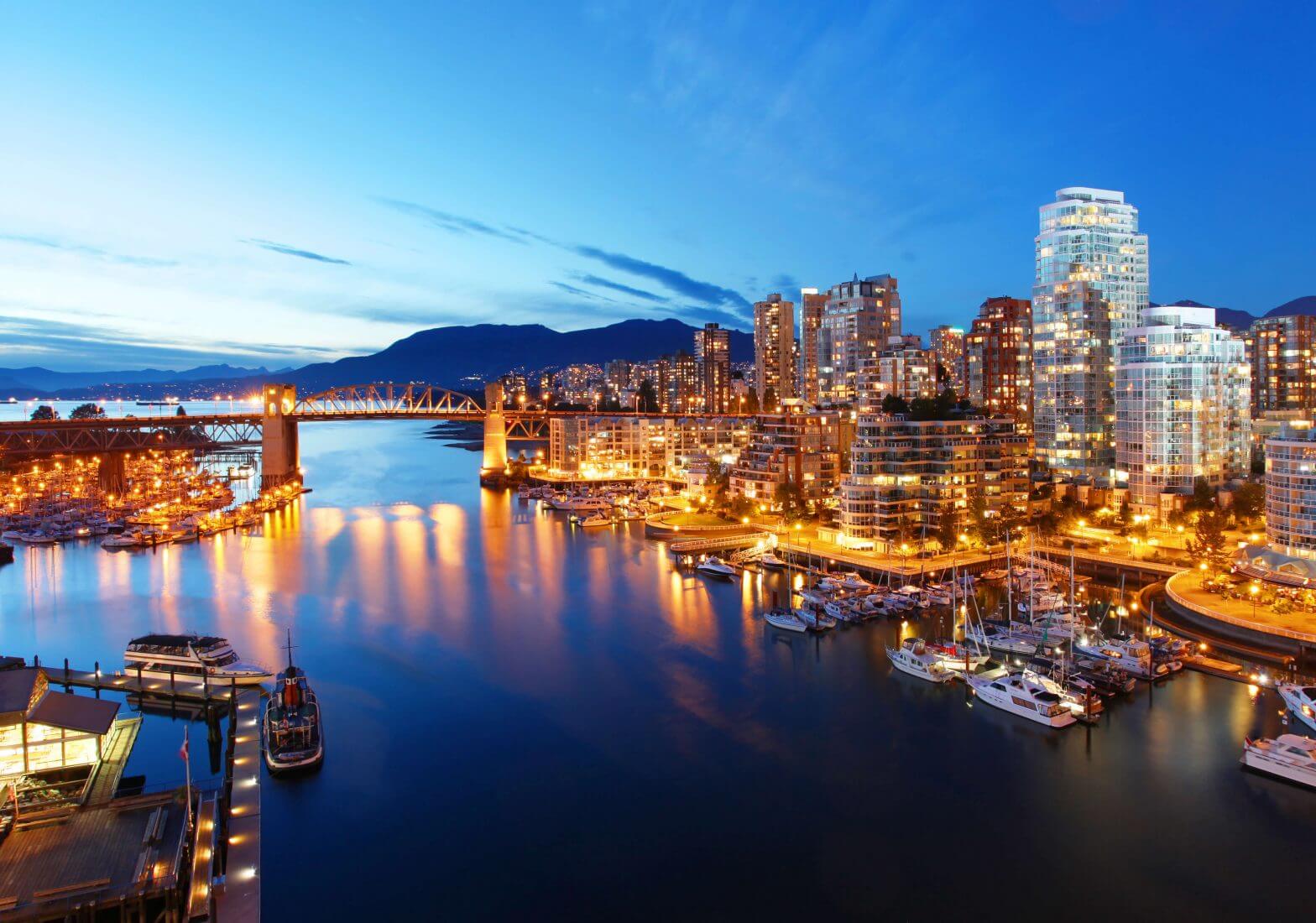
There are places in the world that grab your heart and Vancouver is one of them. I’ve spent more than 20 years here and it never stops. It’s possible to define the different parts of the place, but not the whole.
Let me tell you about some of the best parts.
Let’s start by picking up a bicycle from Spokes Bicycle Rentals at the edge of Stanley Park, the thousand acres of mostly wild British Columbia that juts out onto the Pacific and anchors Vancouver. We’ll sizzle along the park’s wraparound six-mile-long seawall, which is a rite of passage for most visitors to this extraordinary city on Canada’s west coast.
Now let’s decide on a hotel. Location. Location. Location. Right? In Vancouver that means the waterfront: Stanley Park next door; the North Shore mountains across the bustling harbor; and spectacular sunsets over the Pacific morphing peaks of Vancouver Island golden in the distance.
Almost all visitors trek to Canada Place for these spectacular and aha-inducing scenes. Why not stay right there at the glass-walled Pan Pacific Vancouver? It’s the only hotel that teeters over the harbor. Even without considering its ideal location, experts consistently rank it among the best hotels in the city.
If you want something with less hoopla, away from the cruise ships and float planes that dock next to the Pan Pacific, the Fairmont Waterfront Hotel is across the street, offering outstanding service from a large staff and even a dog to walk, if you care to.
There’s a glut of great hotels in this city, but only one waterfront. Why sleep in the inner city? Just saying.
A block from Canada Place is Gastown, the cobble-stoned historic heart of Vancouver featuring fine casual restaurants. We like The Water St. Cafe for lunch or brunch, especially the see-and-be-seen outdoor patio when the sun shines.
Another few blocks distant is Vancouver Magazine’s restaurant of the year for 2016. Maenam serves “authentic Thai cuisine with innovative twists on centuries-old recipes.” It’s located in Kitsilano neighborhood, a hood where you just can’t imagine a Streetcar-Named–Desire lifestyle. It’s close to the beach and only a 15-minute drive across Burrard Bridge from our Canada Place base.
On the other hand, nobody should leave northern Pacific waters without dining on seafood. We believe the best is served at Blue Water Cafe, and on this Vancouver Magazine also agrees.
The New York Times has called Yew Seafood and Bar (“where cocktails go down easy”), the best place in Vancouver for a nightcap. It’s in the Four Seasons Vancouver, a great hotel, just not on the waterfront. It connects to a vast shopping mall if that’s your thing.
A far more hip place for a drink is The Keefer Bar, located in Vancouver’s Old World Chinatown, five minutes from Canada Place. Buzzfeed buzzed about in a piece titled 19 Bars Around The World You Should Drink At Before You Die.
From Canada Place, walk the waterfront back to Stanley Park and discover the hallways of tall Douglas firs among the park’s 1,000 acres until you can’t take any more beauty. The First Nations’ totem poles at Brocton Point are British Columbia’s most-visited attraction because of the nine jillion tour buses that stop there. Go early in the morning to experience the vibe.
Across Lions Gate Bridge is a gondola at the base of Grouse Mountain, another must-do while visiting Vancouver. During summer months, free shuttles operate from Canada Place.
Close by is Capilano Suspension Bridge, which spans a shimmering river where Pacific Ocean salmon spawn. Free shuttles also travel here from downtown locations. Both Grouse Mountain and the suspension bridge charge fees.
Throughout greater Vancouver there are reminders that Canada is the homeland of First Nations people. But no place showcases that rich culture deeper than the incomparable Museum of Anthropology, which features permanent and traveling exhibits. Like Seattle, Vancouver gets rain and days on end when the sky is the color of old dimes. That’s when this museum can be the best place to go.
Located on the spacious grounds of the University of British Columbia, it’s what you’ll rave about at dinner parties when you get home. Sometimes our own ignorance can really move us. And that’s a reason to travel.
Other rainy day attractions include the Vancouver Art Gallery, the largest in Western Canada and featuring traveling exhibits like Picasso and a large permanent collection from the astounding work of West Coast artist Emily Carr.
Vancouver in its early days was nailed together hurriedly from odd lots of old growth timber. Canadian prime minister Justin Trudeau is the son of Pierre Trudeau, who was perhaps the most dominant prime minister to ever serve Canada. On a visit to Vancouver about 40 years ago, he remarked “Vancouver will be a nice place when it’s finished.” He was right.
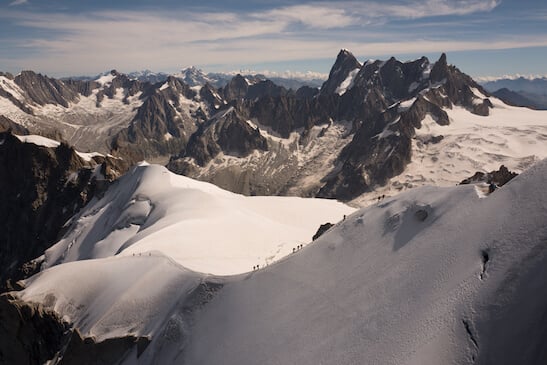
Twelve European alpine resorts have locked arms and branded themselves “Best of the Alps.” That may sound pretentious but they really are the best of the best, offering Swiss-like-efficiency, capital-H Hospitality, and a tourism infrastructure second to nowhere. And then there’s all the extraordinary skiing.
These dozen classic resorts teeter above the alpine nations of Austria, France, Germany, Italy and Switzerland.
They all offer see-forever views, wide-ranging accommodations, to-die-for restaurants featuring regional cuisine, and history deeper than the abundant winter snowfalls.
Let’s begin by rolling the credits: Chamonix Mont-Blanc, Cortina d’Ampezzo, Davos, Garmisch-Partenkirchen, Grindelwald, Kitzbühel, Lech Zürs am Arlberg, Megève, St. Anton am Arlberg, St. Moritz, Seefeld and Zermatt.
They stretch along the horseshoe-shaped Alps from Mont-Blanc to the Matterhorn, way up there where the road gets thin and beautiful and so do the people.
So let’s schuss through these resorts and see what’s there.
Chamonix is the best-know French resort in the Alps. It was the venue for the first Winter Olympic Games in 1924. Today it’s Ground Zero for adventure sports in the Alps. The place is fuelled on the adrenaline of extreme skiers and climbers, base jumpers, wing-suit flyers and the next new thing.
Accommodation-wise, let’s stick with the best-of-the-best theme. We doff our berets to Hotel Mont-Blanc, the ideally situated and recently renovated 100-year-old Grand Dame of Chamonix inns. The hotel’s Le Matanfan restaurant challenges the best menus in Paris. Off the slopes, don’t miss the Alpine Museum in Chamonix, located in the exquisite Chamonix Palace.
Tucked into Italy’s vaulted Dolomite Mountains, glitzy Cortina d’Ampezzo offers la dolce vita off and on the slopes. Fur coats outnumber ski suits along the streets. But don’t be fooled. This 1956 Winter Olympic venue interconnects with 750 miles of downhill ski trails in 12 valleys utilizing nearly 500 ski lifts. Linked resorts like this are the hallmark of skiing in the Alps. In North America we go up and down; skiers in the Alps go round and round.
Cortina’s best digs, Hotel de la Poste, has been run by the Manaigo family since it opened in 1835. For traditional Ampezzo dishes we recommend El Camineto. For entertainment, stroll the Corso in the center of town amid clouds of Chanel 5 and cigar smoke.
Davos is where Prince Charles nearly died in an avalanche (he did lose a friend). It’s the only city in the Alps and it’s as famous for its think tanks, especially the annual World Economic Forum, as it is for its far-reaching slopes. A daylong ski tour leads to the Swiss resort of Arosa, which was made famous by Sir Arthur Conan Doyle who visited in 1894. The Parsenn ski area of Davos was the site of the first downhill race back in 1924.
We like the new Intercontinental Davos hotel perched overlooking the vast alpine playground with sheets like fresh dollar bills. We’re also big on the Old World Pöstli Restaurant. The Kirchner Museum offers insights into the community through the work of Ernst Ludwig Kirchner.
Located beneath the 9,718-foot Zugspitze, Germany’s highest mountain, the combined town of Garmisch-Partenkirchen hosted the 1936 Winter Olympic Games. The warren of old streets defines Bavarian architecture with outdoor frescoes beaming from pastel stuccoed buildings surrounded by glacier-carved summits. The skiing is varied and often challenging. And the infamous Kandahar downhill race is one of the toughest on the World Cup tour.
The Hotel Zugspitze lords over the rest of the Garmisch-Partenkirchen’s accommodations. Interesting side trips include King Ludwig II’s castles at Linderhof and Neuschwanstein. For classic Bavarian dining we like Reindl’s Restaurant. Also not to be missed is the old Ludwigstrasse section of town, where The Werdenfels Museum itself is located in a museum-piece-like fifteenth-century home.
The uniquely Swiss storybook village of Grindelwald is dwarfed by glacier-covered summits (including the infamous North Face of the Eiger), and visited by toylike electric trains grinding up the mountains. Visually, this is about as good as the Swiss experience gets.
The chateau-style Grand Regina would receive top-ratings in any European capital, but this setting amid the famed Bernese Oberland makes it seem out of this world. Most of the best dining is found in the region’s hotels. Perhaps the best of them all is Schmitte, located in the Hotel Schweizerhof, which ranks right up there with the Grand Regina.
Kitzbühel is Austria’s most glamorous resort and usually produces more ski champions than anywhere in the world. This is the heart of the Tyrol, a poster pinup of everything we hope to find when skiing Europe. The fourteenth-century St. Andreas church bells toll and the sweet scent of apfelstrudel drifts with mountain air along the cobbled, car-free streets of Old Town.
Five-stars-and-counting Hotel Tennerhof is as elegant as it gets in this town, which is as famous for its après-ski as it is for its slopes. The elegant restaurant Kupferstube is usually acclaimed as the best kitchen in town. We agree. Both Innsbruck and Venice are just an hour away via train and make for a wonderful daylong excursion away from the slopes.
Lech Zürs am Arlberg is the last bastion of five-star skiing in Austria. The slopes are as groomed as the mostly silver-haired folks who ski here. Lech’s Old World charm has always been popular with the well-to-do and the well-known, including royalty. Above Lech, the village of Zürs is one of the most exclusive ski destinations in the world.
There’s a glut of high-end hotels in the area, but we like to go sideways here and stay with Olympic downhill champion Egon Zimmermann at his four star Hotel Kristberg, where we never tire of the stories from this kind, gentle and brave man. If you’re craving more luxury, visit the Burgvital Resort and its over-the-top restaurant.
Stylish Megève is as much a state of mind as a place. The sunny Mont Blanc neighborhood is all you can ask of the Alps. It’s perhaps the most romantic and charming among the dozen resorts that make up the Best of the Alps, although the slopes are relatively tame. The medieval-style village showcases luxury digs, fine French cuisine and swank shops.
But some of France’s best Haute Savoie cuisine is found in the myriad on-mountain restaurants that border Megève’s slopes. Take your pick – you can’t go wrong. The most acclaimed restaurant is Flocons de Sol, and on this we agree with other professional critics. Off the slopes, explore the thermal baths at St. Gervais.
St. Anton am Arlberg yields up Austria’s most famous ski terrain. Some believe its ski instructors taught the world to ski, moving to new mountain ranges like missionaries. The sweeping ski circus is vast and exciting. The emphasis is on good, hard skiing by day, and raucous partying at night. The quality of both is uncommonly high.
Hotel Schwarzer Adler in St. Anton has served us well over the years and we highly recommend it. For a cozy evening, we like to dine by the fireplace at The Museum Restaurant located in the 104-year-old Trier villa, which by day houses St. Anton’s outstanding museum.
Surprisingly, the only Olympic site in Switzerland is St. Moritz, host of the Winter Games in1928 and then again in 1948. Set within the spectacular mountains of the heart-shaped Upper Engadine above a string of lakes beneath 13,000-foot Piz Bernina, St. Moritz is arguably the world’s most famous winter address.
Back in 1864, a local innkeeper named Johannes Badrutt dared his British summer guests to return in winter with a money-back guarantee if they weren’t satisfied. From that, the world’s first winter resort evolved. Badrutt’s Palace Hotel remains perhaps the most exclusive accommodations in the ski world. And you can’t beat the hotel’s dining options. Bring your no-limit credit card.
Located just 15 miles south of Innsbruck, Seefeld is one of the prettiest spots in the Alps. And it’s ancient, first mentioned in Roman documents in the year 1022. The heart of the village is a car-free, cobblestone center rimmed by steep roofs, ornate balconies and typical Tyrolean post-and-beam architecture.
Hotels are small, intimate and upscale. Most of them are family run. Particularly pleasing is the five-star Hotel and Spa Klosterbrau, built around a former sixteenth-century monastery. Dining in the hotel’s 500-year-old wine cellar is a memory lasting long after the deep snow turns into even deeper wildflowers.
Surprisingly, this alphabetical listing of the Best of the Alps has saved the best for last. Zermatt is where we most like to ski. You can almost reach out and touch the Matterhorn in this carless village, whose ambience is as rich as a Swiss chocolate bar. It’s the kind of place that would stop a thousand tour buses a day, if they were allowed up this extraordinary valley. The skiing is all you could ask for.
The Grand Hotel Zermatterhof does the resort proud. But we also like the Riffelalp Resort located midway up the mountain, which offers a wide-ranging choice of restaurants. The nearby Findeln area is touted as the finest collection of mountain restaurants in the world. A visitor would be remiss not to seek them out. Especially appealing is the Findlerhof Restaurant.
Just another WordPress site
